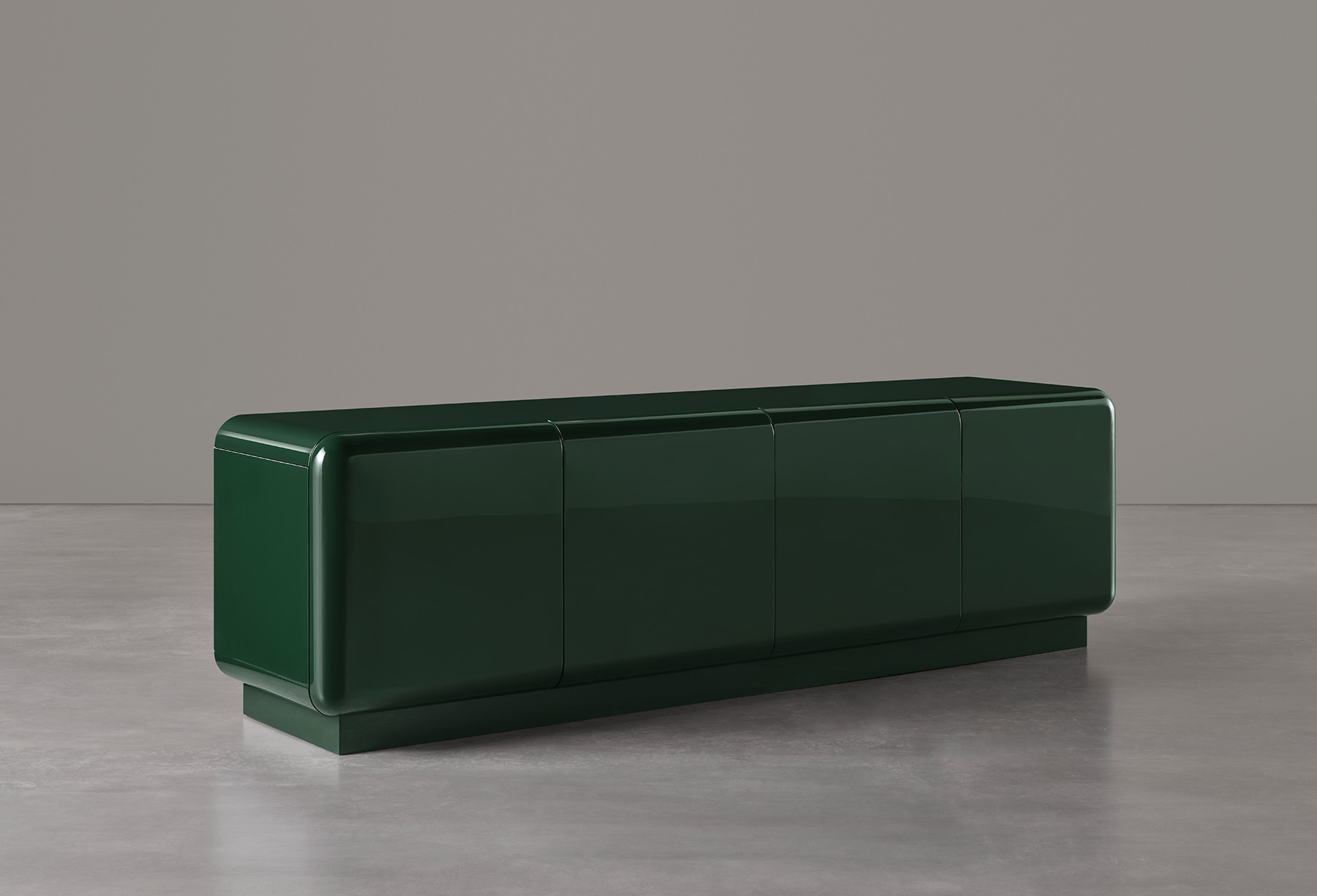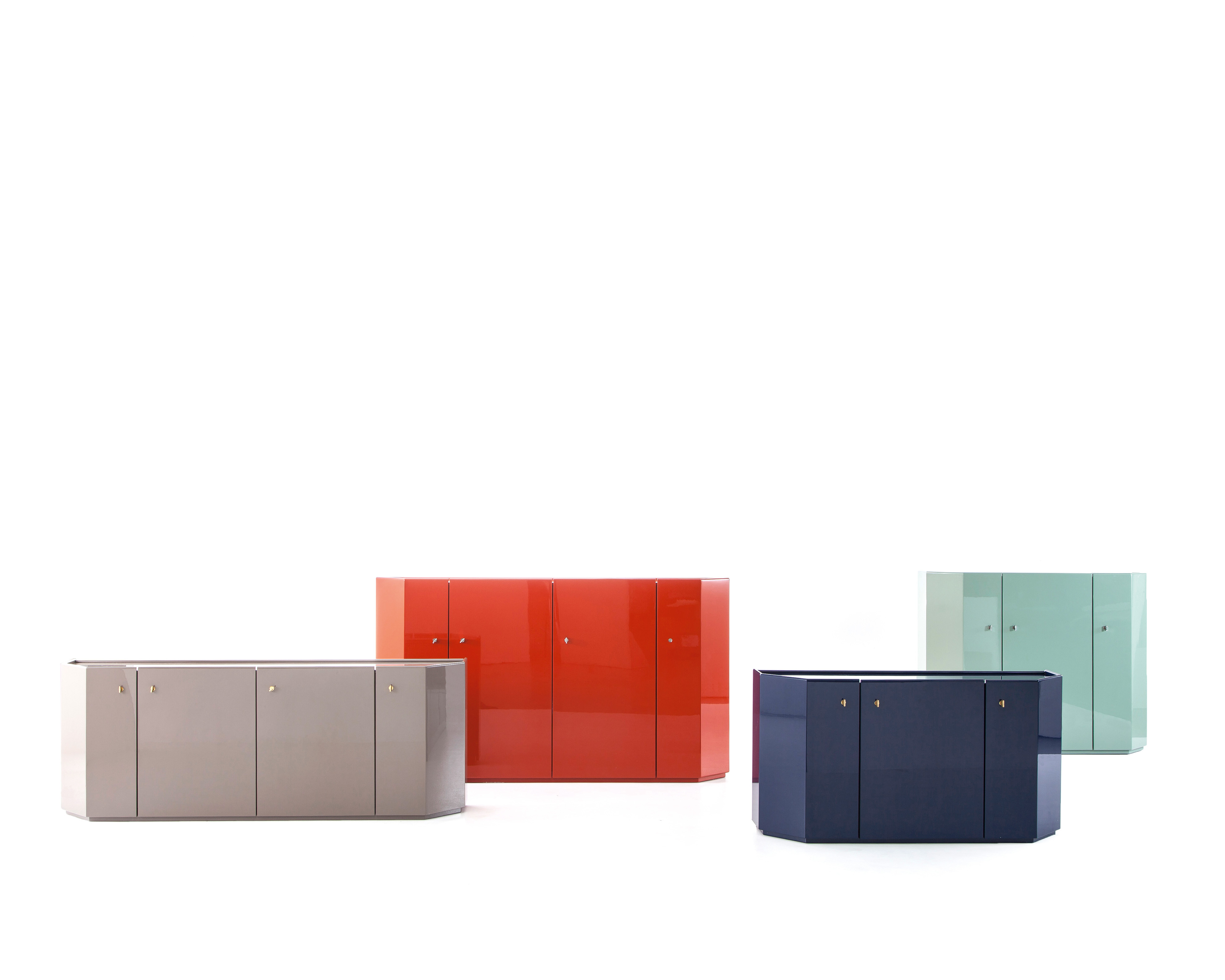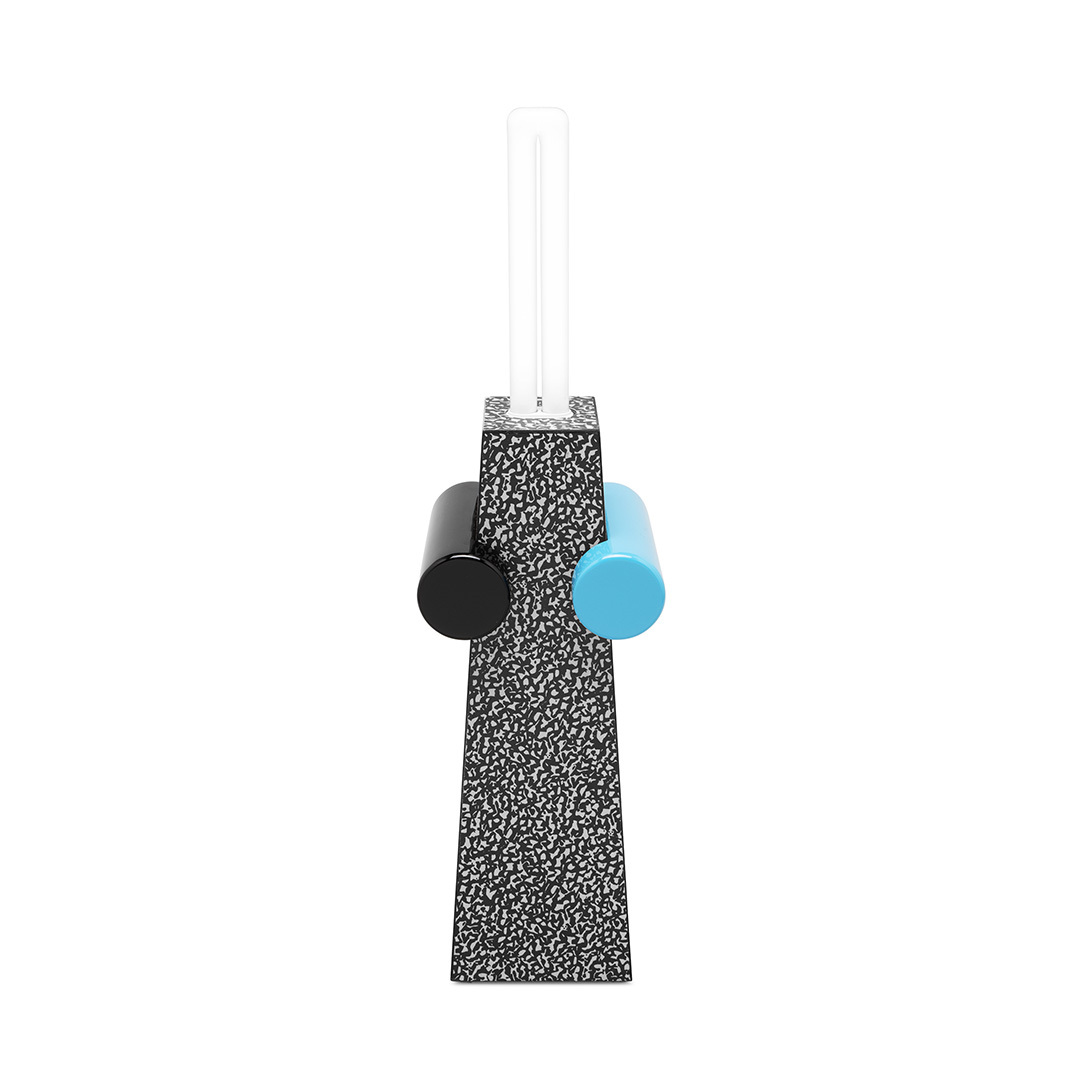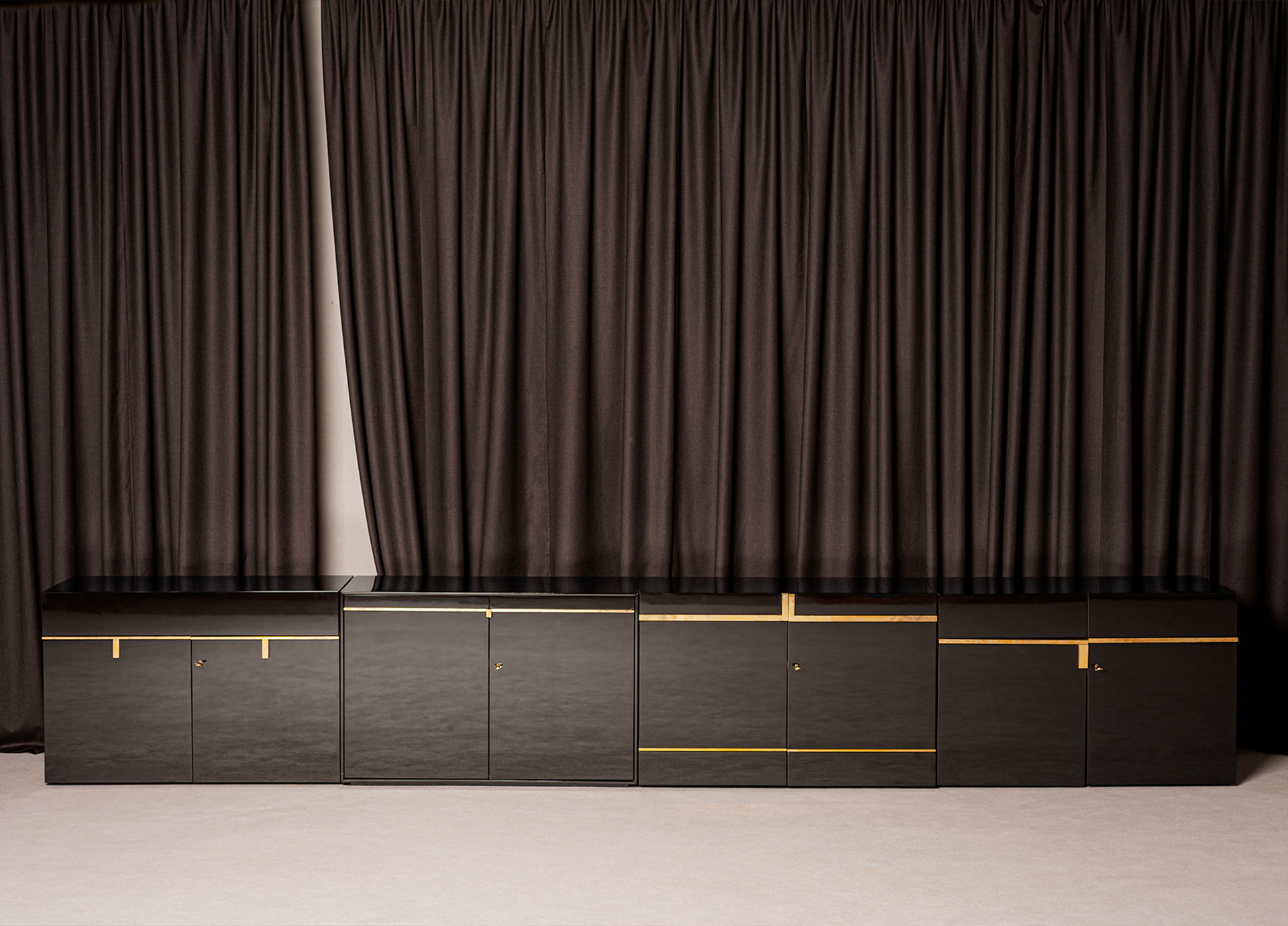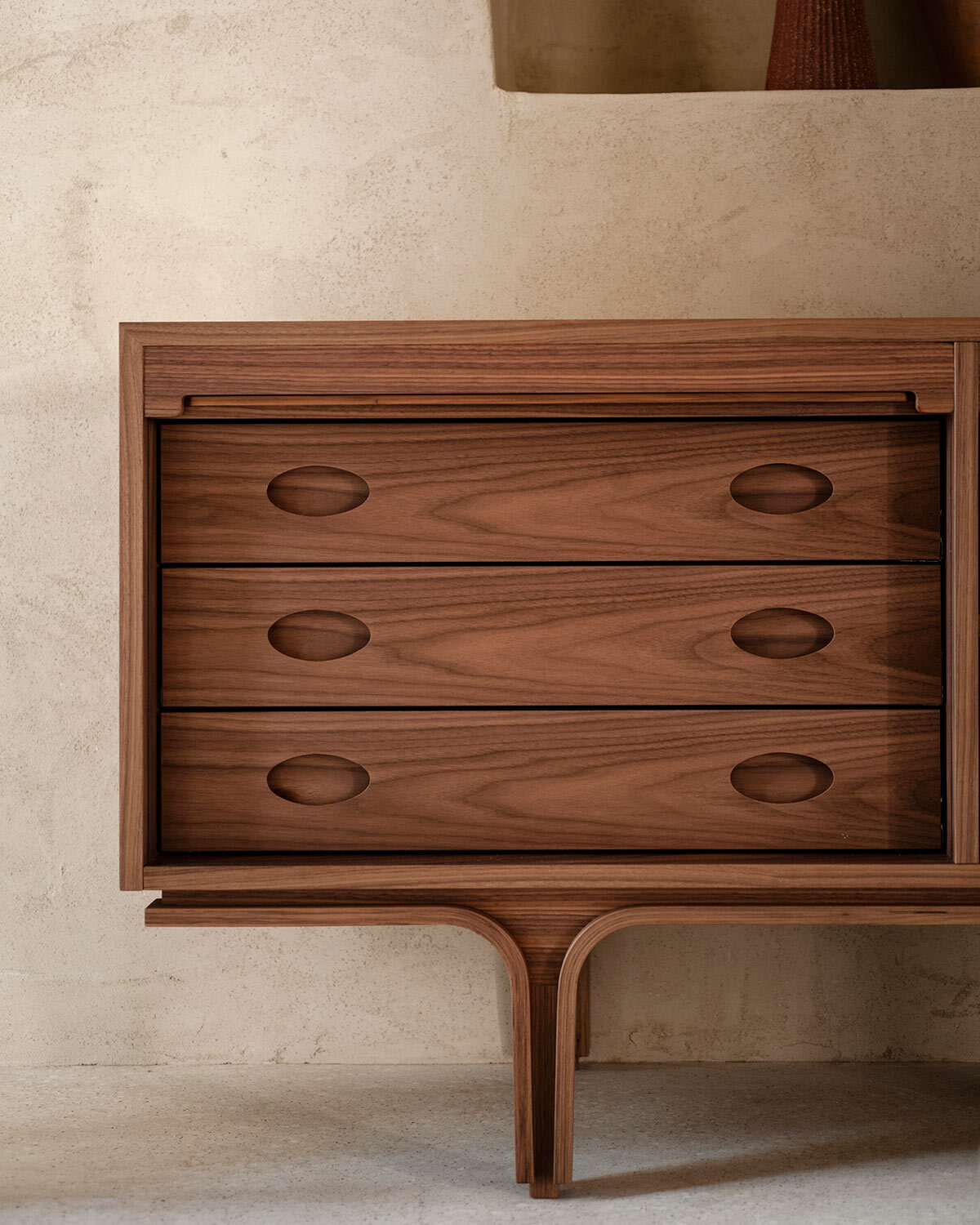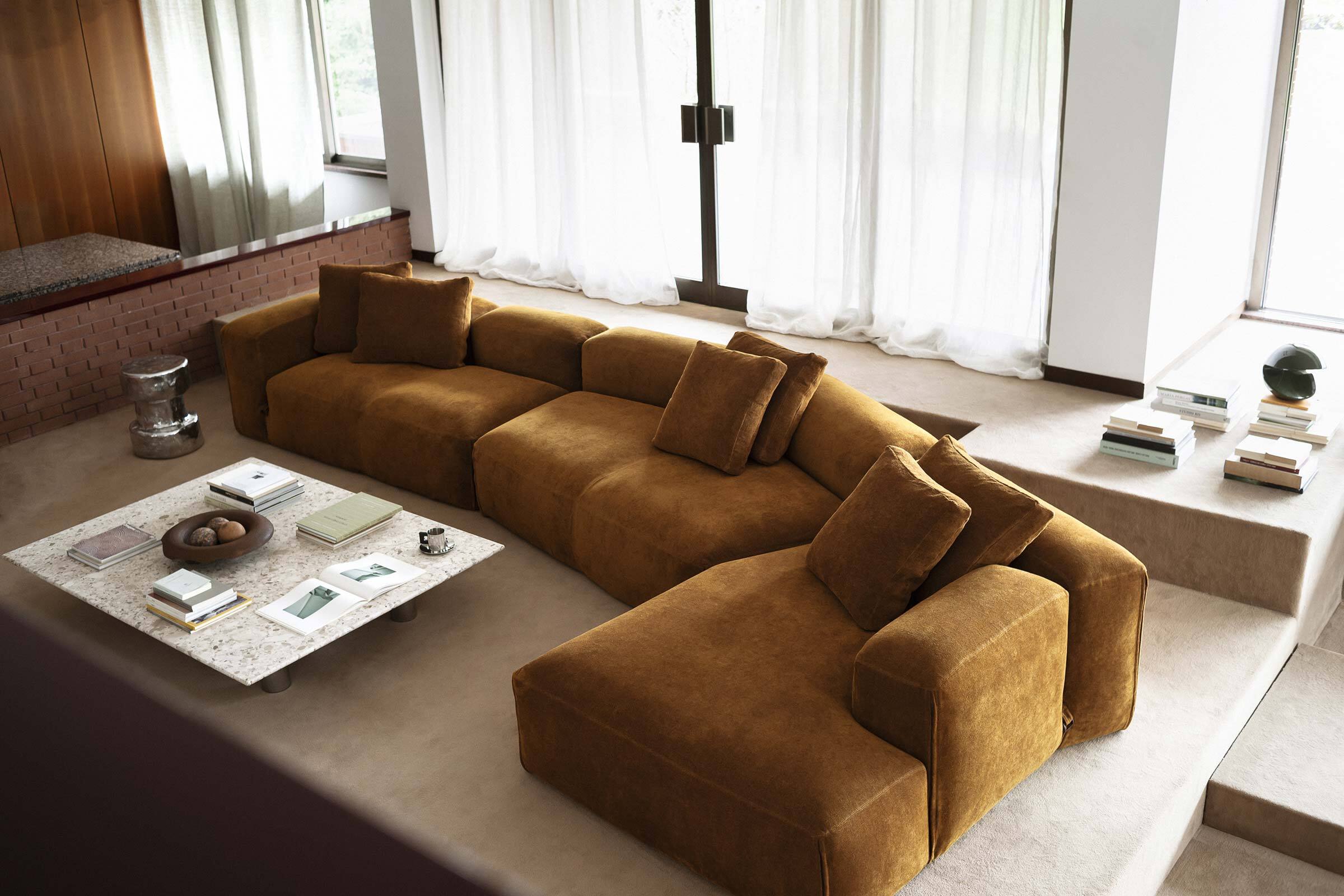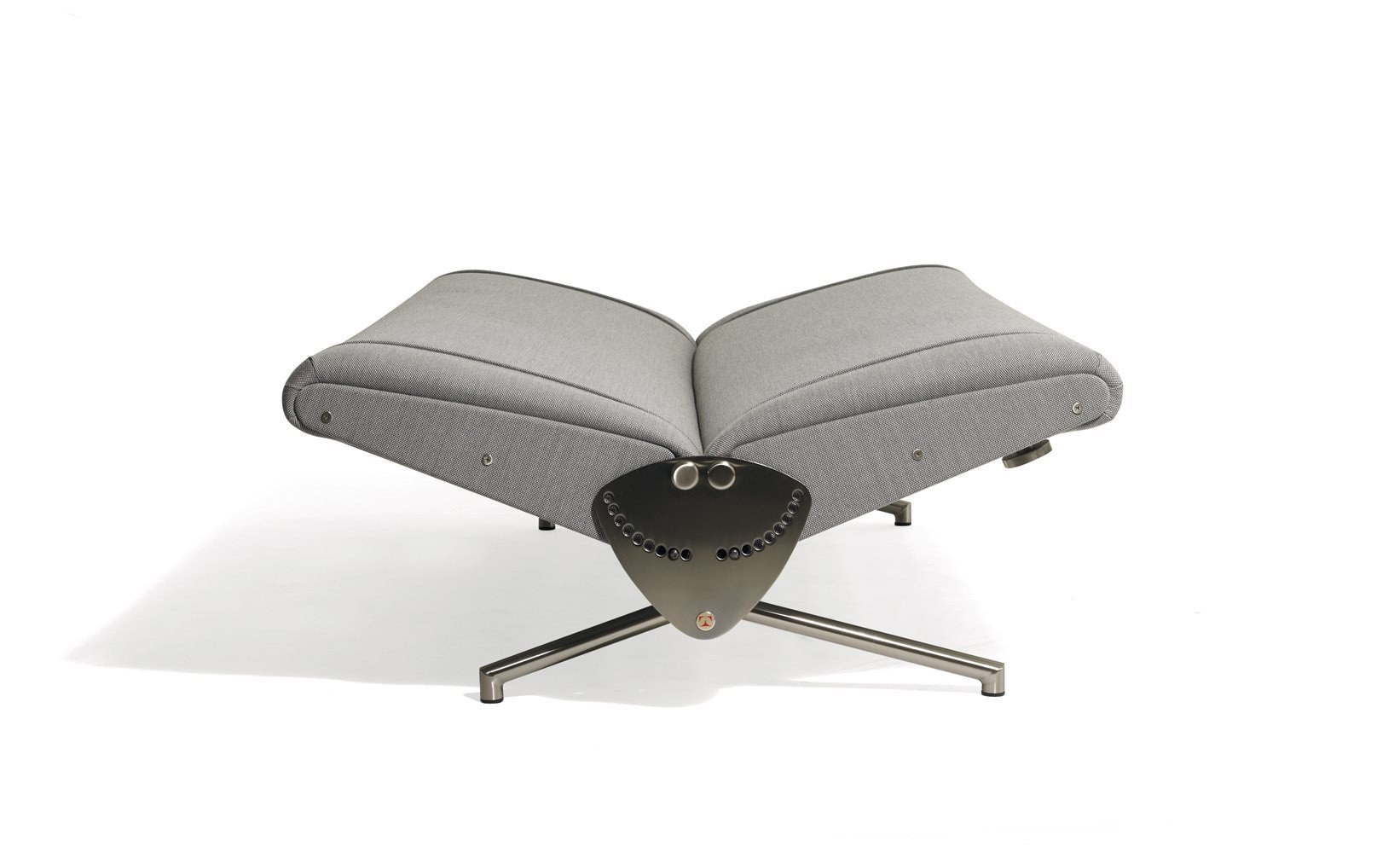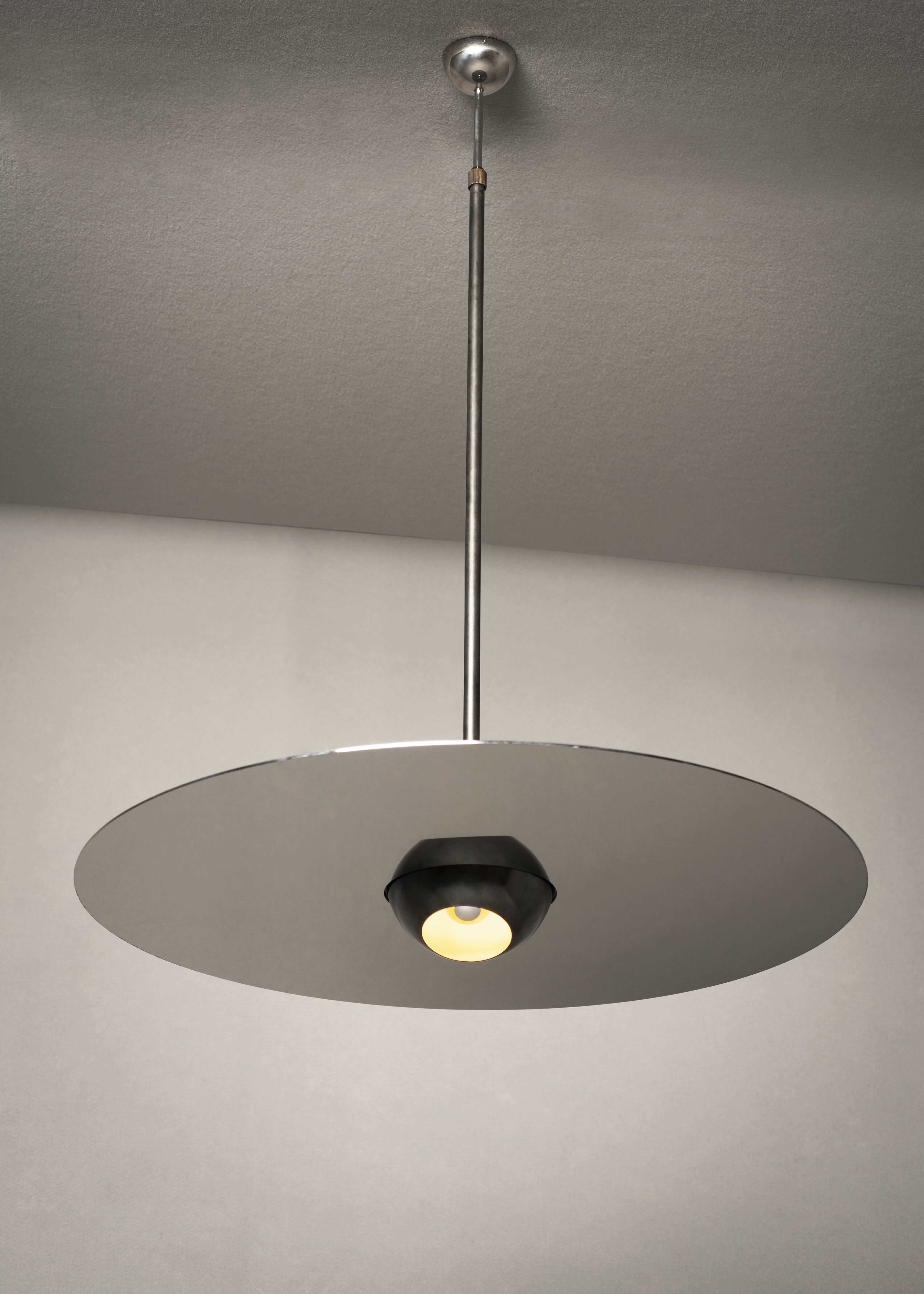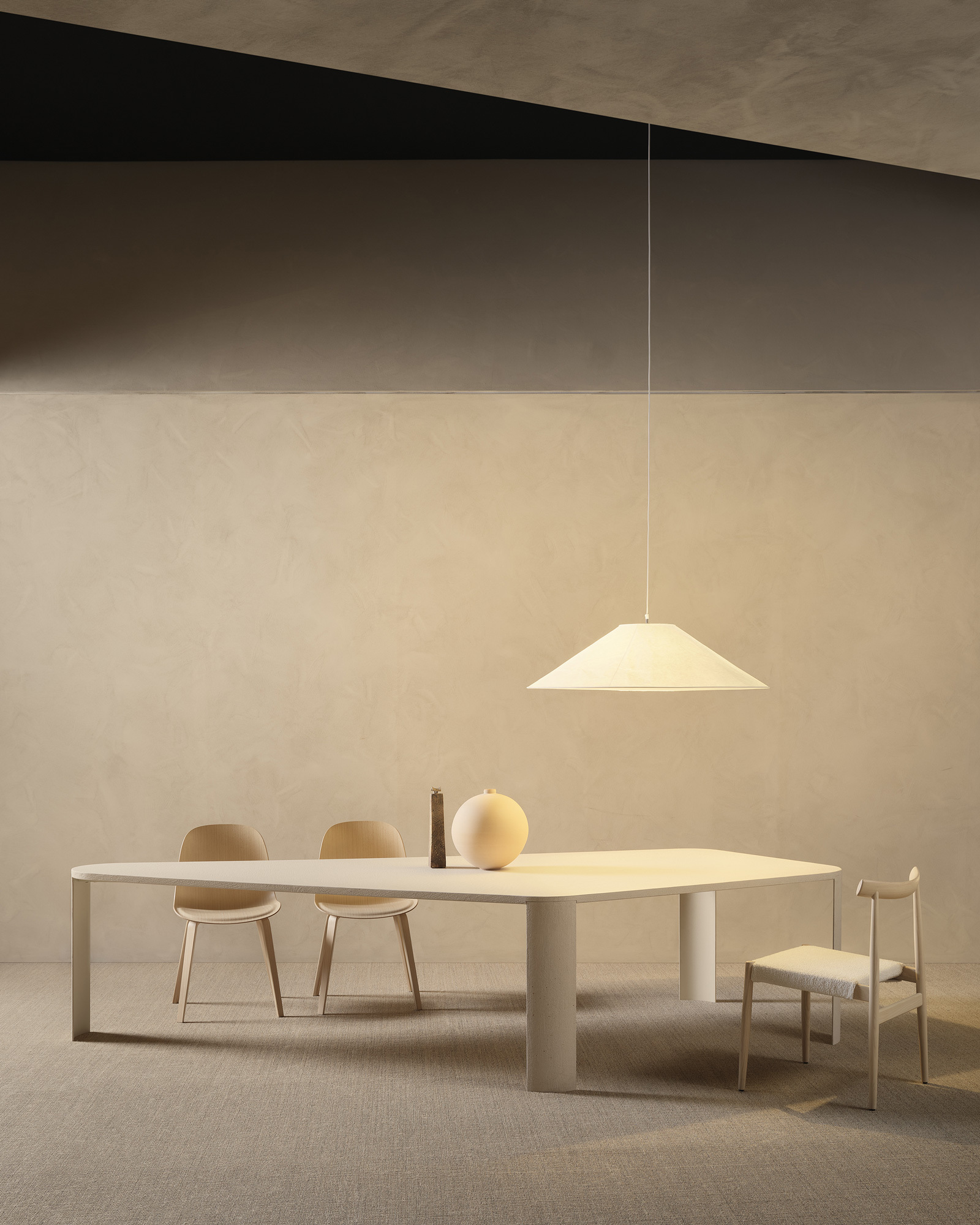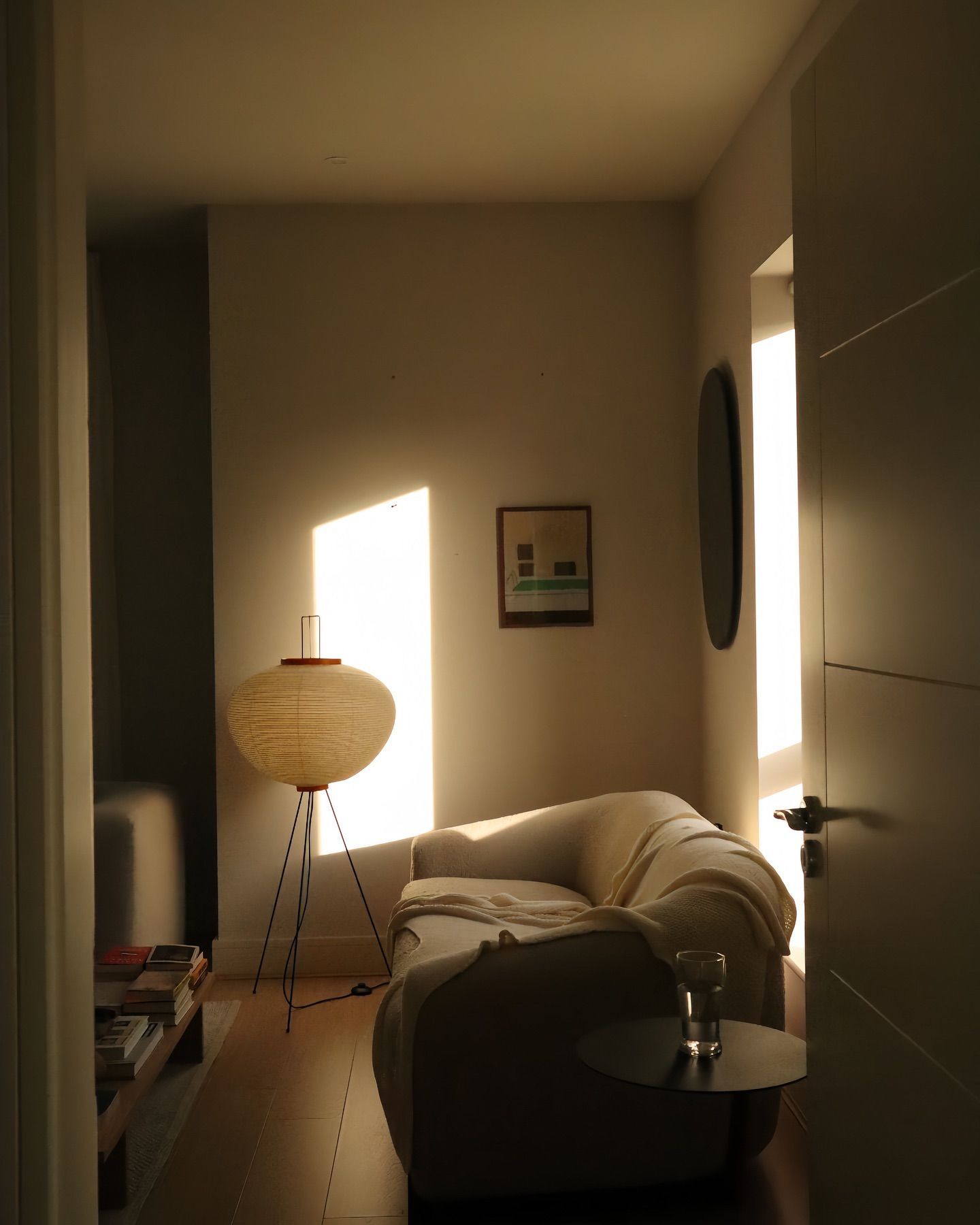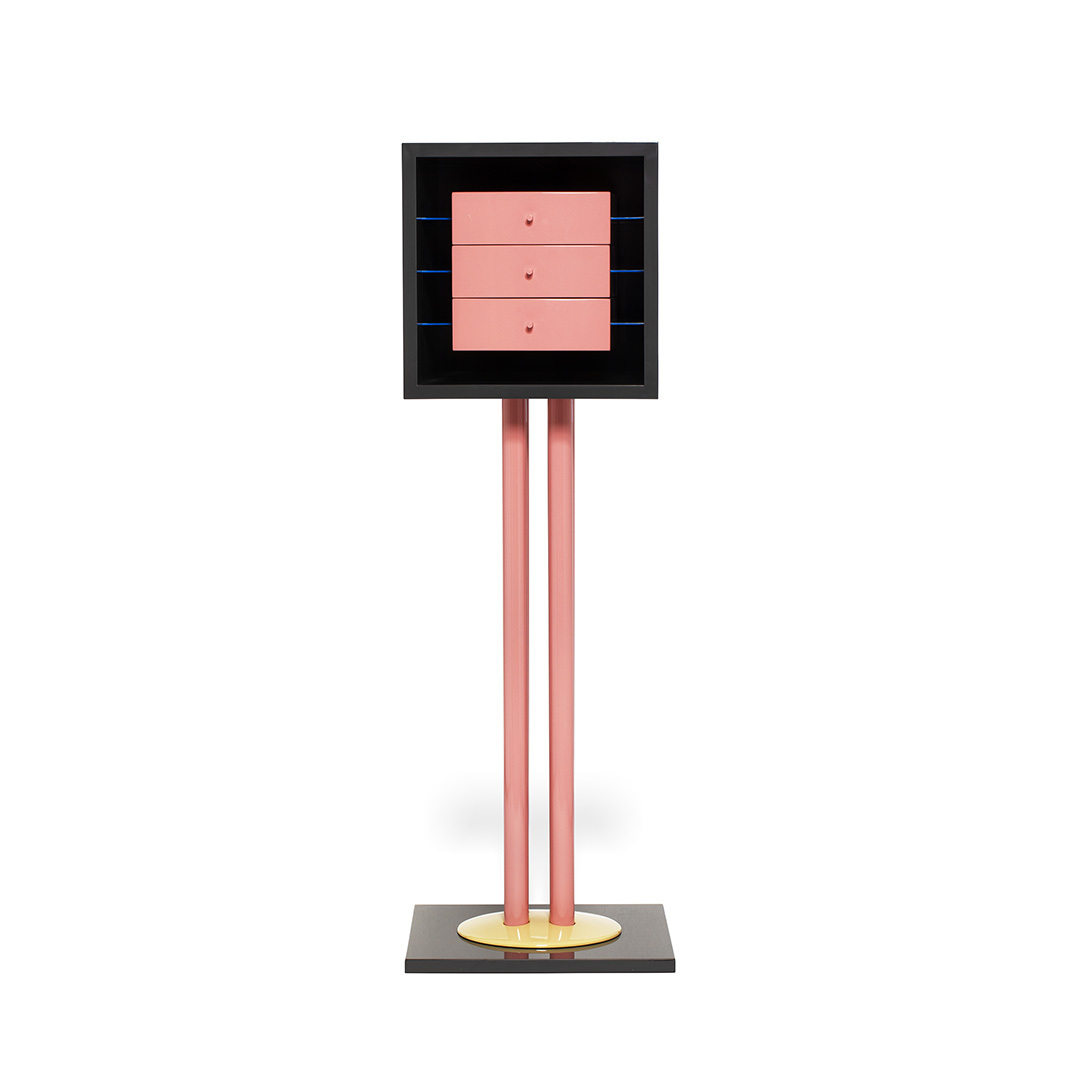
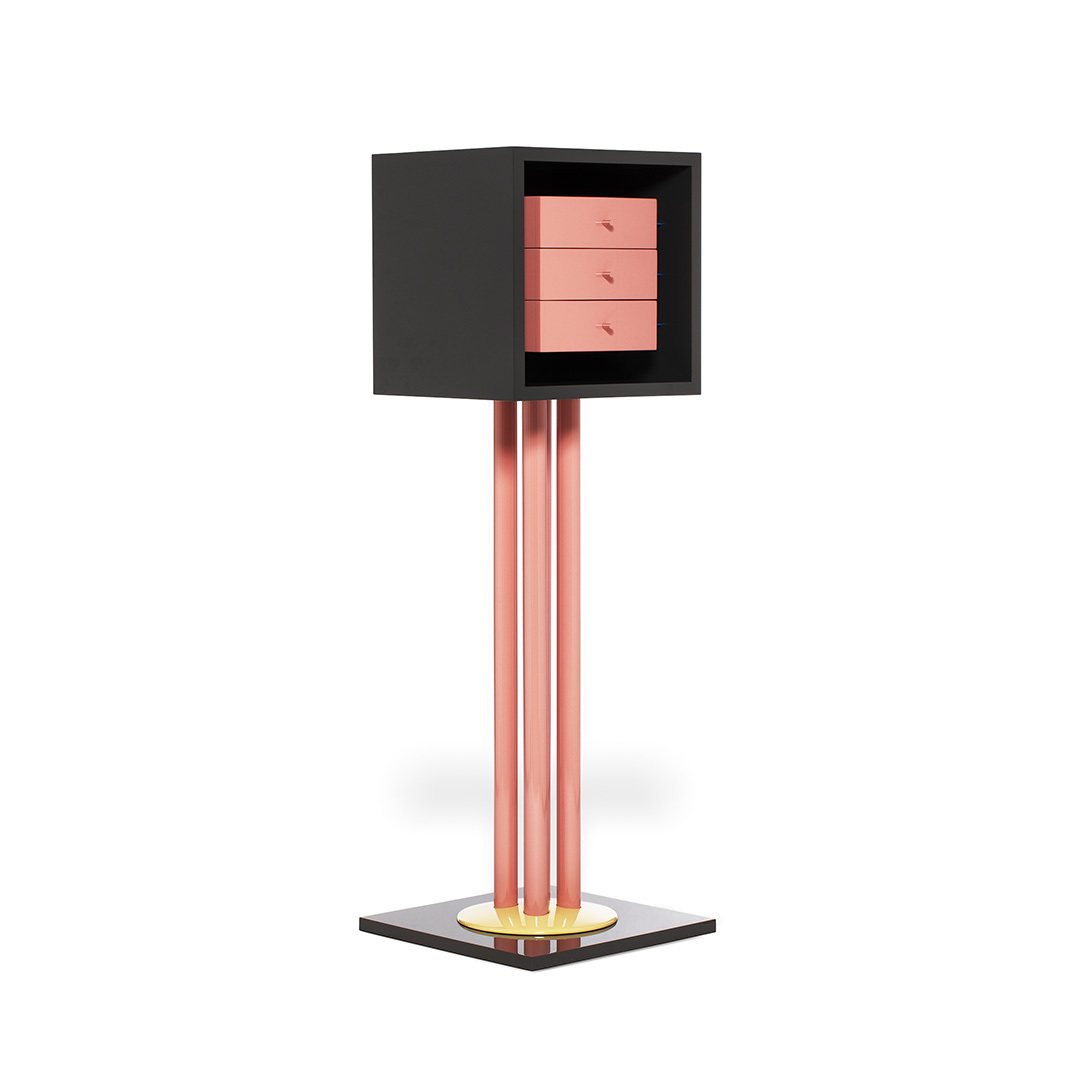


Nikko
Category
Storage Furniture
Brand
Designer
Dimensions
L 56,5 cm - P 56,5 cm - H 170 cm
Finiture
Metal, Lacquered wood
Year
1982
The Nikko Cabinet by Shiro Kuramata for Memphis Milano (1982) is a manifesto of radical design. Inspired by Japanese aesthetics and the expressive freedom of the Memphis movement, it breaks the mold with essential forms and a balance suspended between rigor and lightness. A piece of furniture that becomes sculpture, a play of volumes that challenges gravity, transforming function into pure visual poetry.

Memphis
Memphis, inspired by the Radical Design of the 60s, redefined the relationship between man and object. In addition to function, design became a vehicle for symbolic, poetic and emotional meanings. The shapes mixed pop culture, ironic classicism and eccentric elegance, creating a provocative aesthetic between kitsch and refinement. Materials played a central role: decorative laminates by Abet Laminati, designed by the same designers, combined with fine essences such as briar, generating a unique sensory experience.
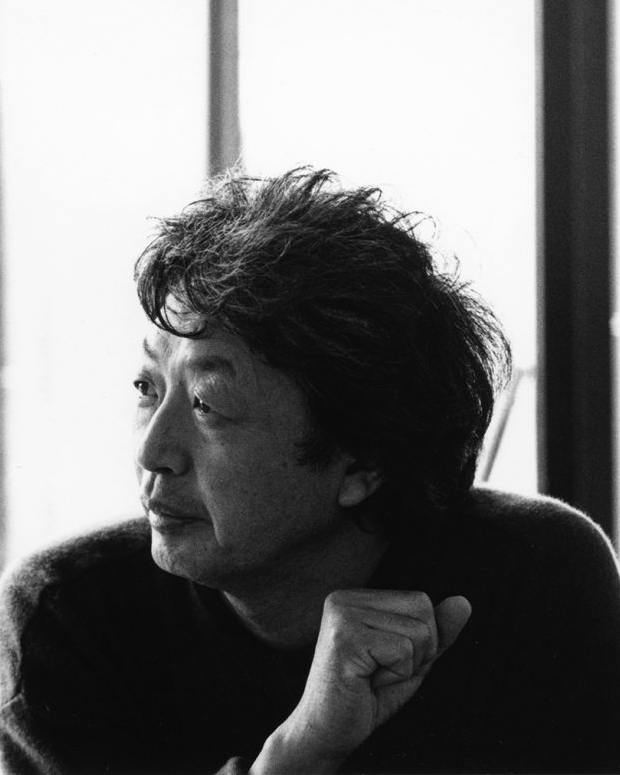
Shiro Kuramata
Shiro Kuramata (Tokyo, 1934-1991) was one of the most influential Japanese designers of the 20th century. He combined traditional Japanese aesthetics with Western design and Postmodernism, experimenting with industrial materials such as acrylic, glass and steel to create light, surreal forms. After studying in Japan, he founded his own studio in 1965, revolutionizing design with an approach that went beyond simple functionality. He collaborated with Issey Miyake to design his boutiques and joined the Memphis group in 1981, influenced by Ettore Sottsass. Among his most iconic works: the How High the Moon armchair (1986), the Progetti Compiuti collection for Cappellini and Miss Blanche, a transparent seat with suspended roses. Kuramata has left an indelible mark on design, with creations that defy gravity and transform matter into poetry.
Results for:
No Results
Discover the selection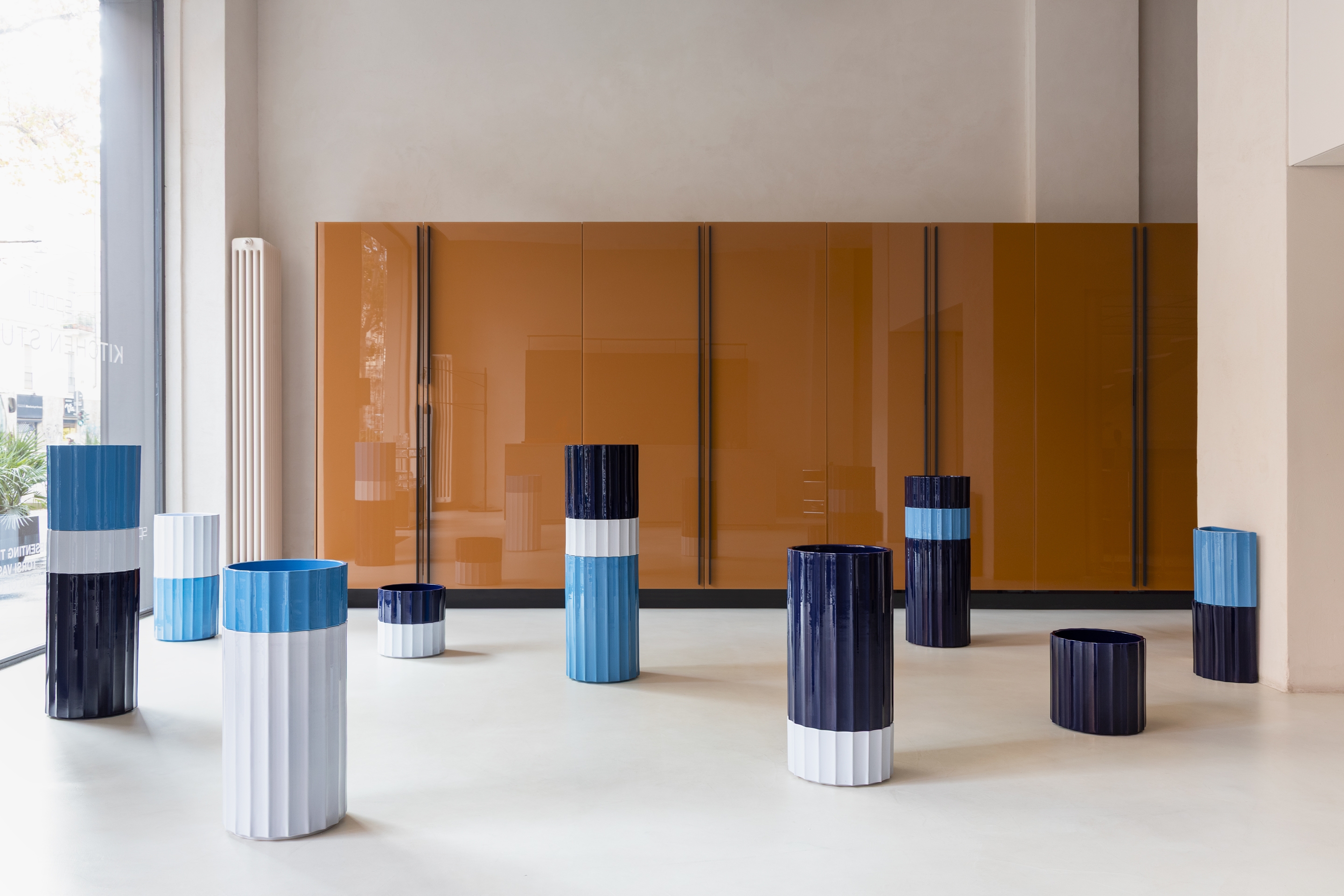
Torsi
Bitossi Ceramiche
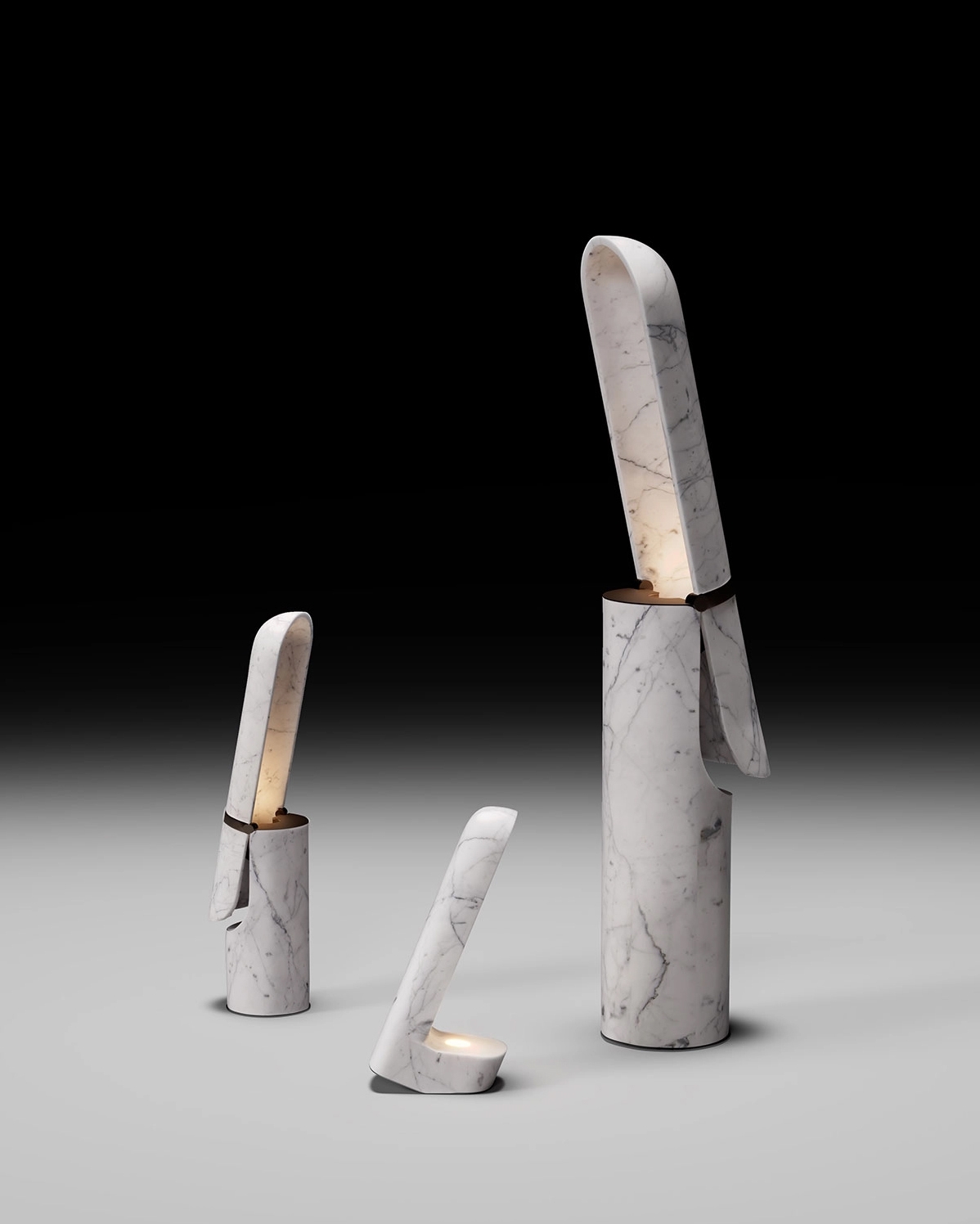
Révérence
Neutra
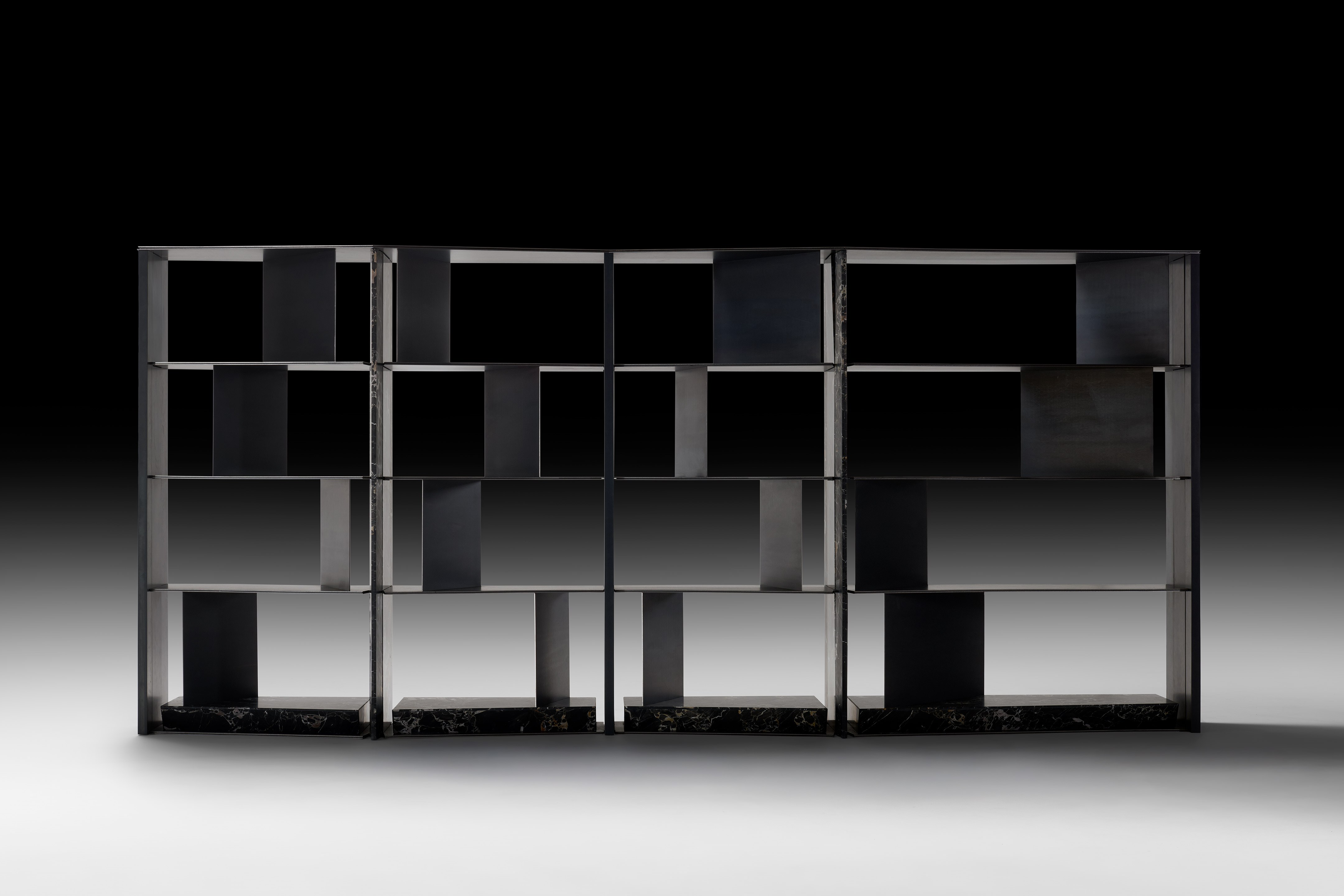
Pagina
Neutra
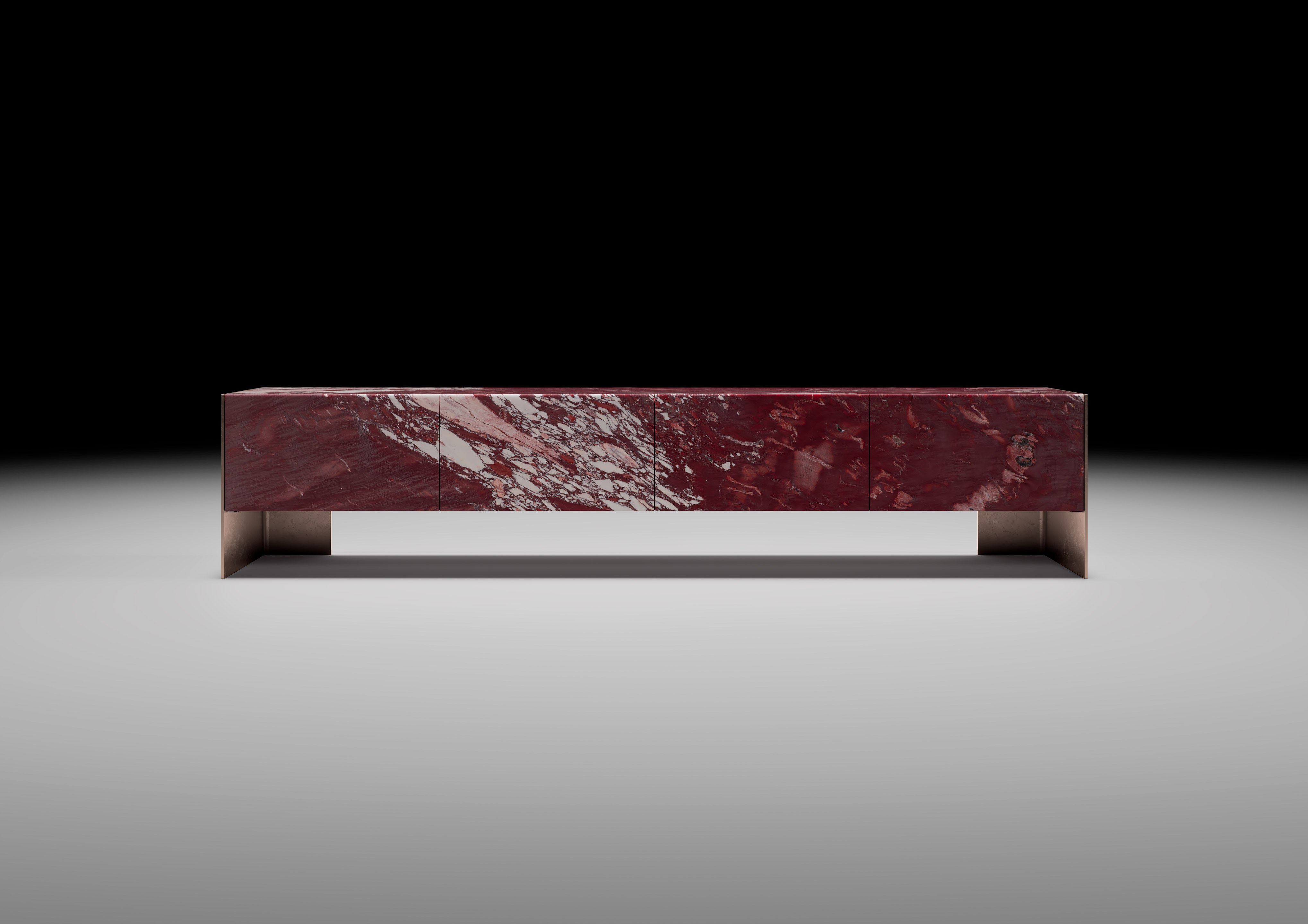
Onis
Neutra
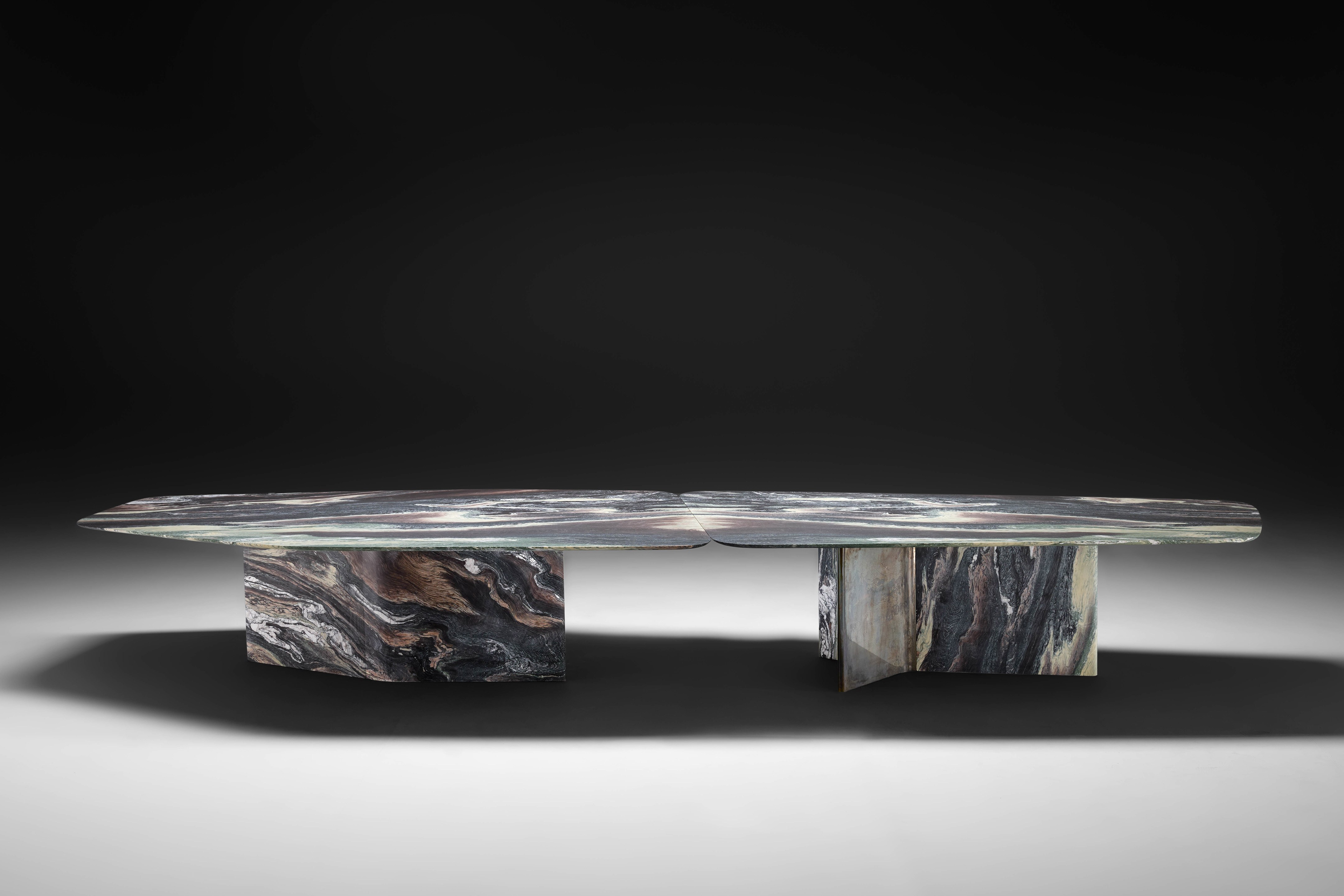
Islas
Neutra
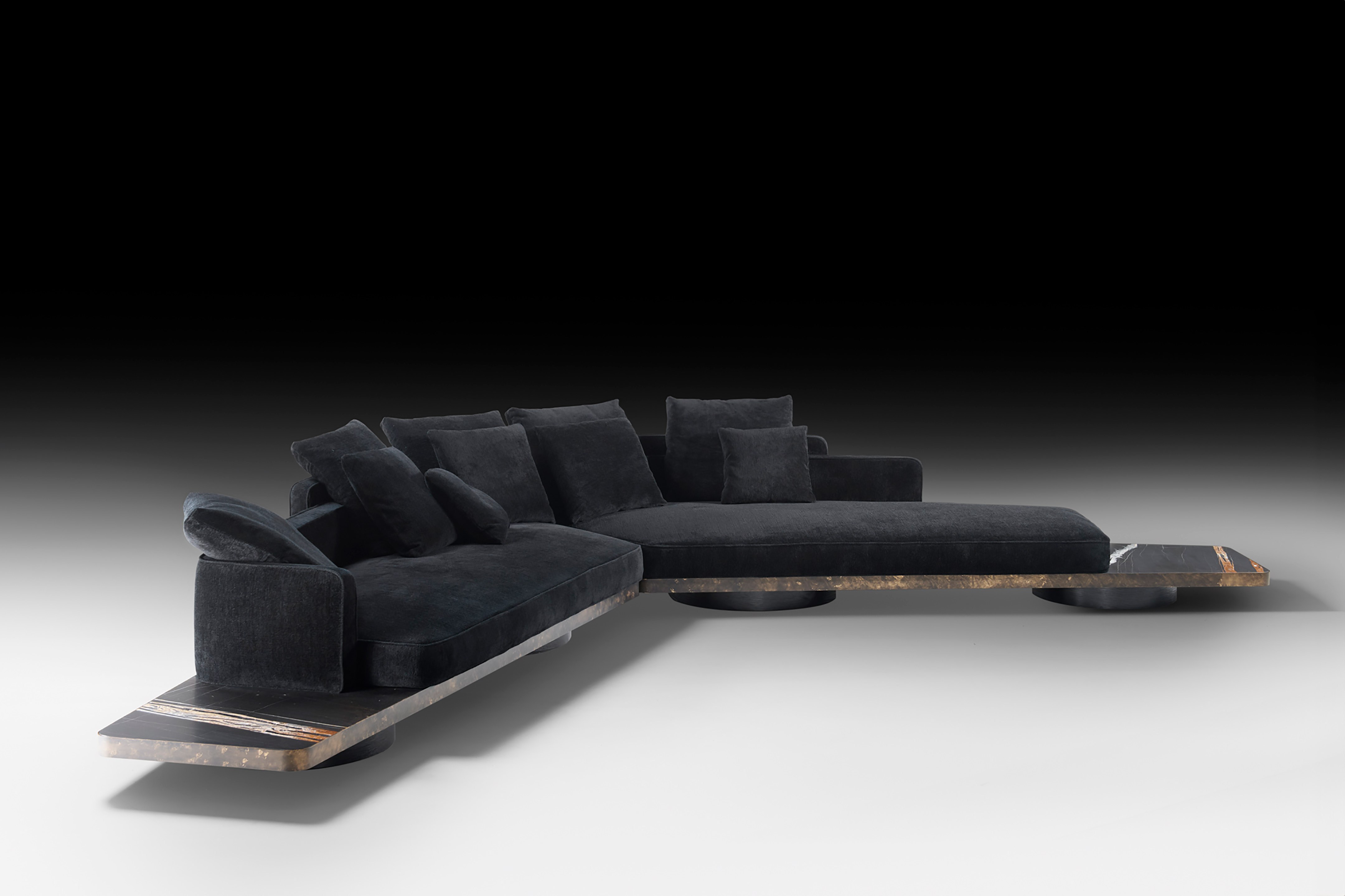
Ordos
Neutra
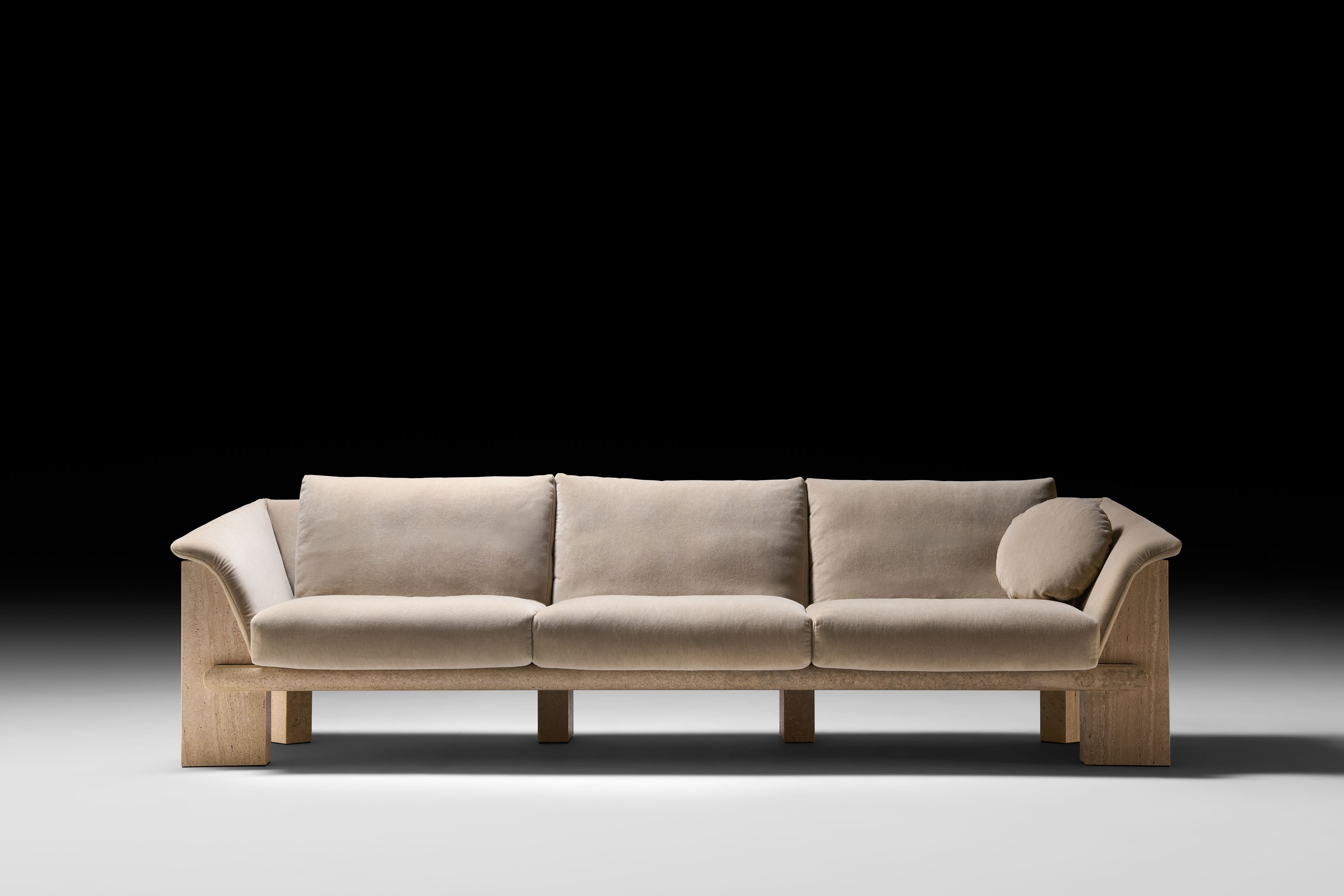
La Grande Muraglia
Neutra
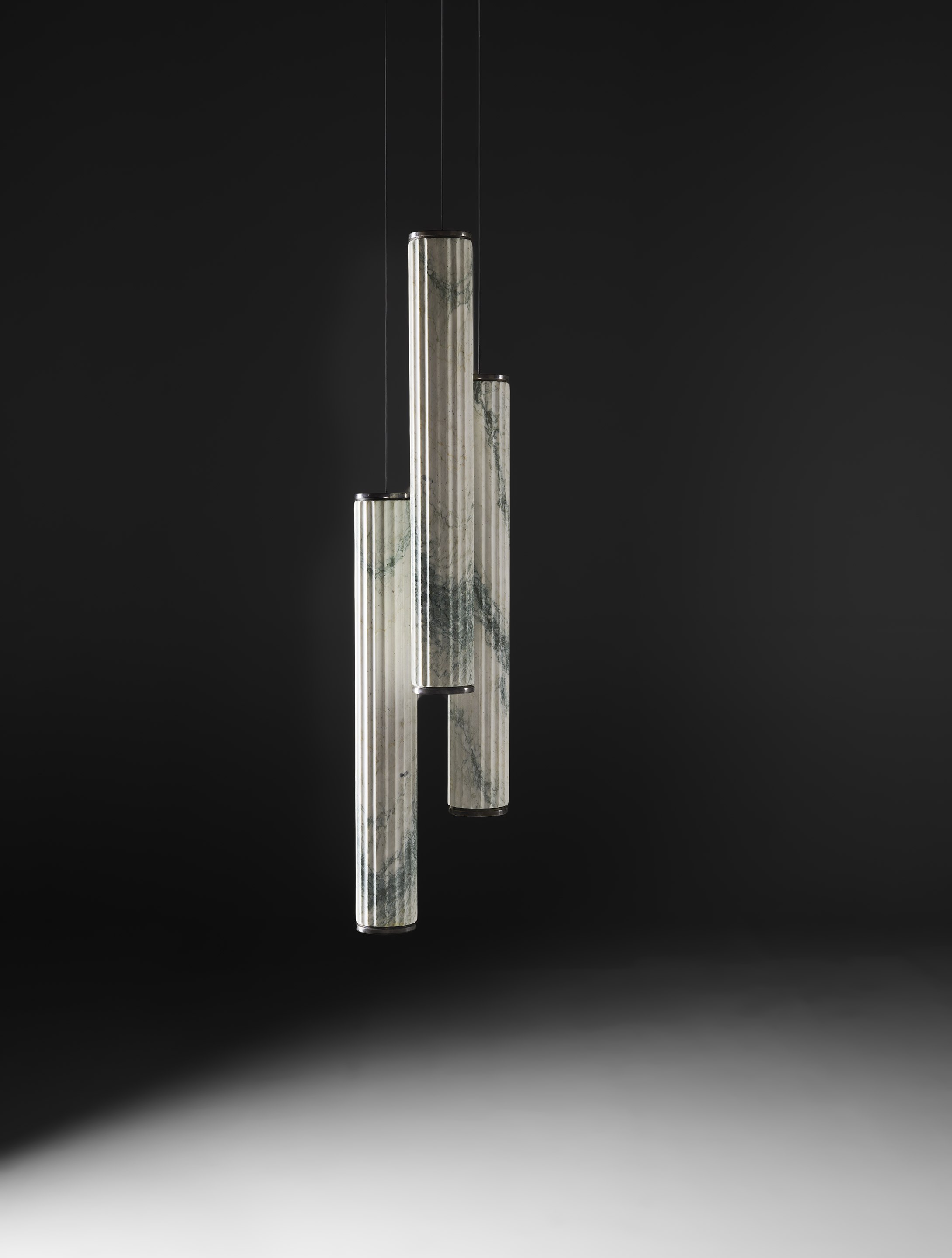
Eos
Neutra
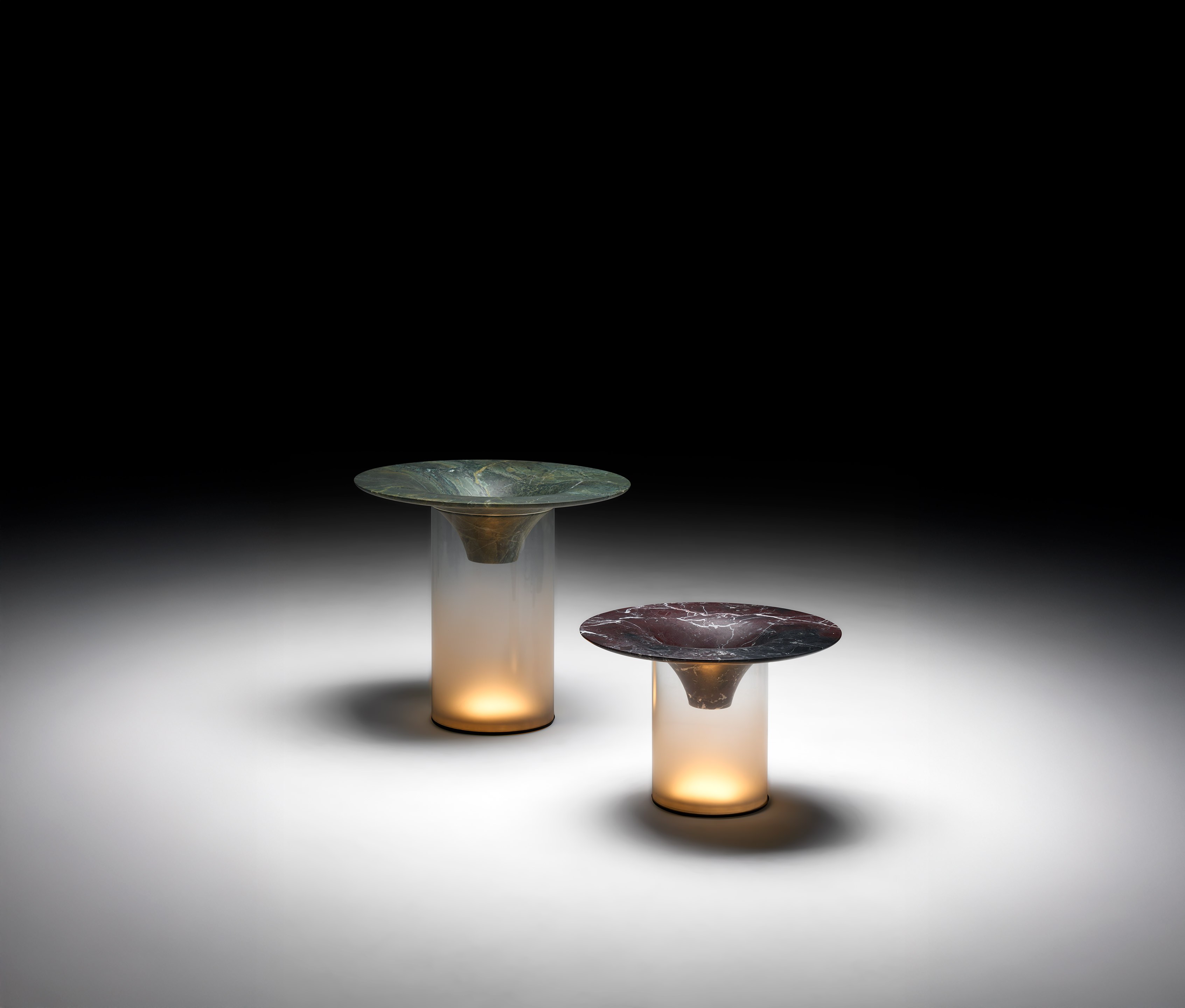
Strobilo
Neutra
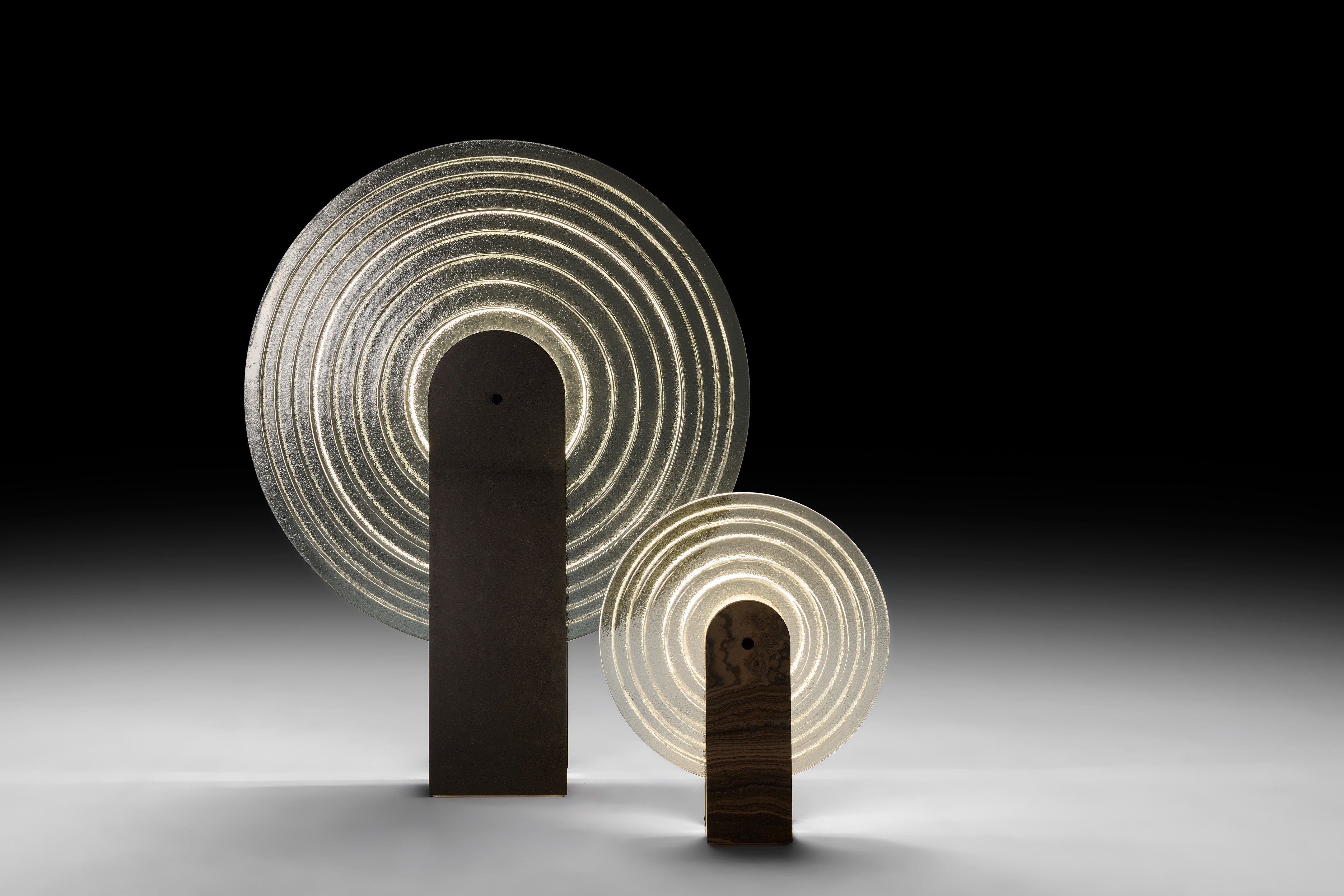
Lente
Neutra
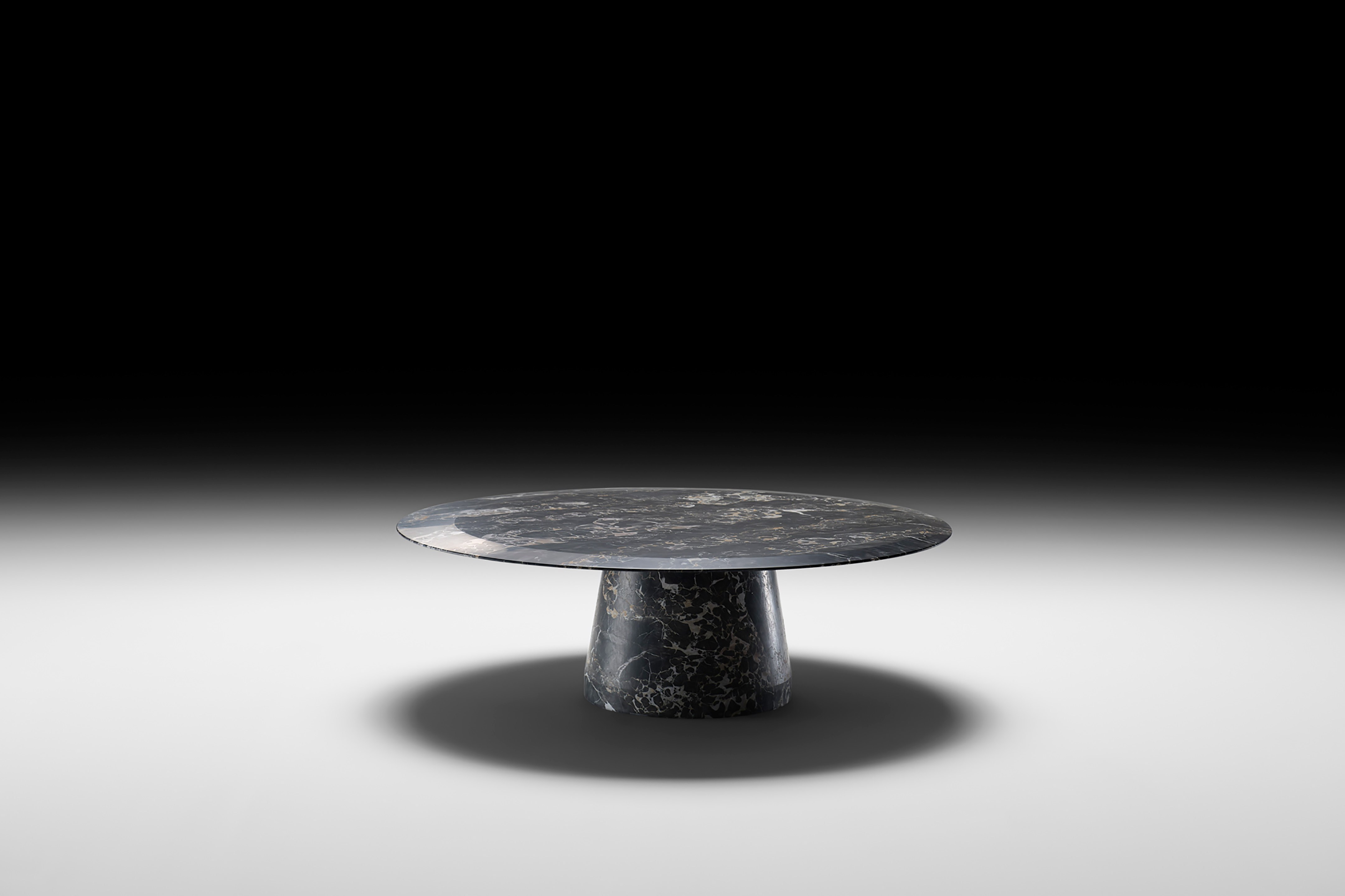
Coronae
Neutra
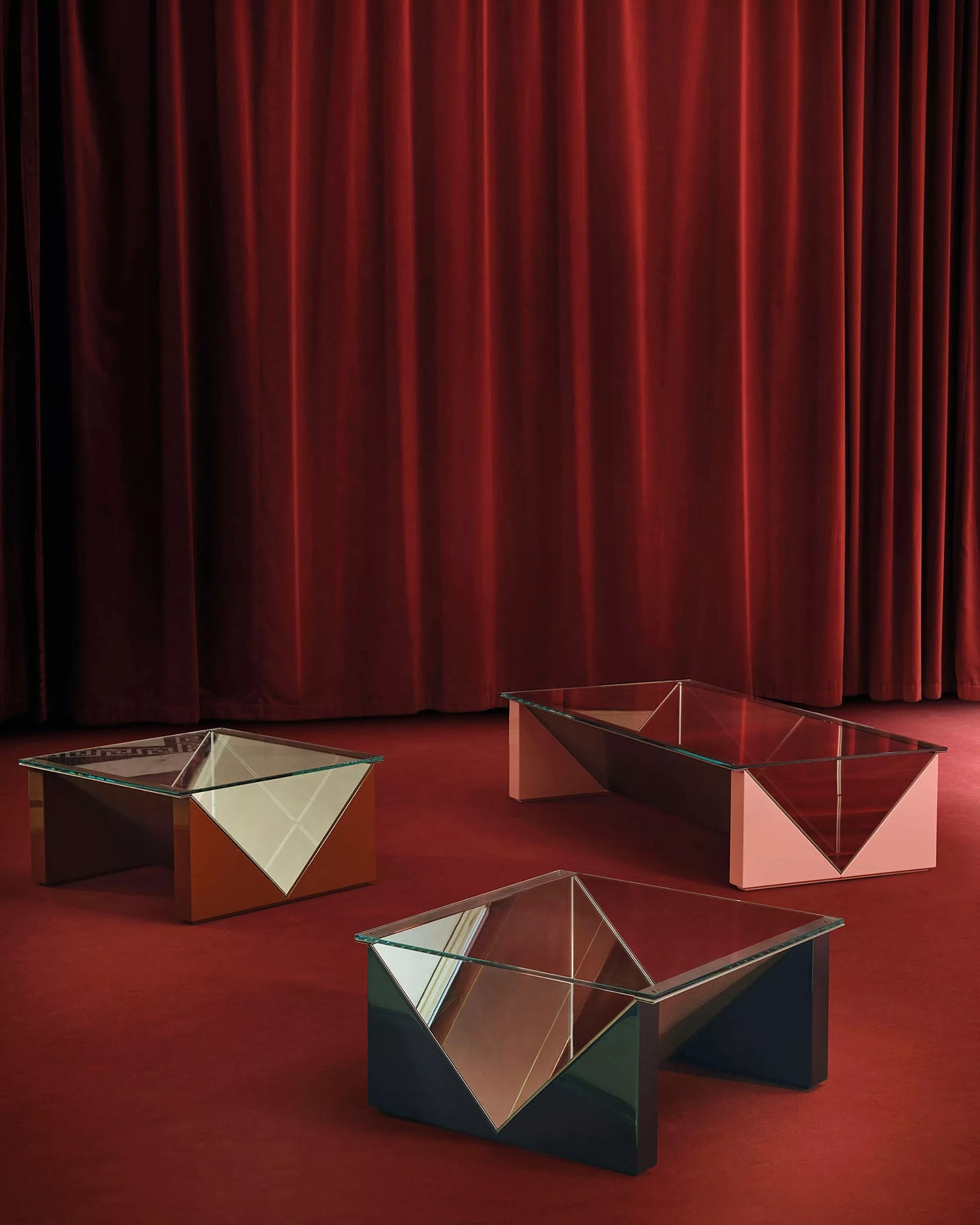
Napoleone
Acerbis
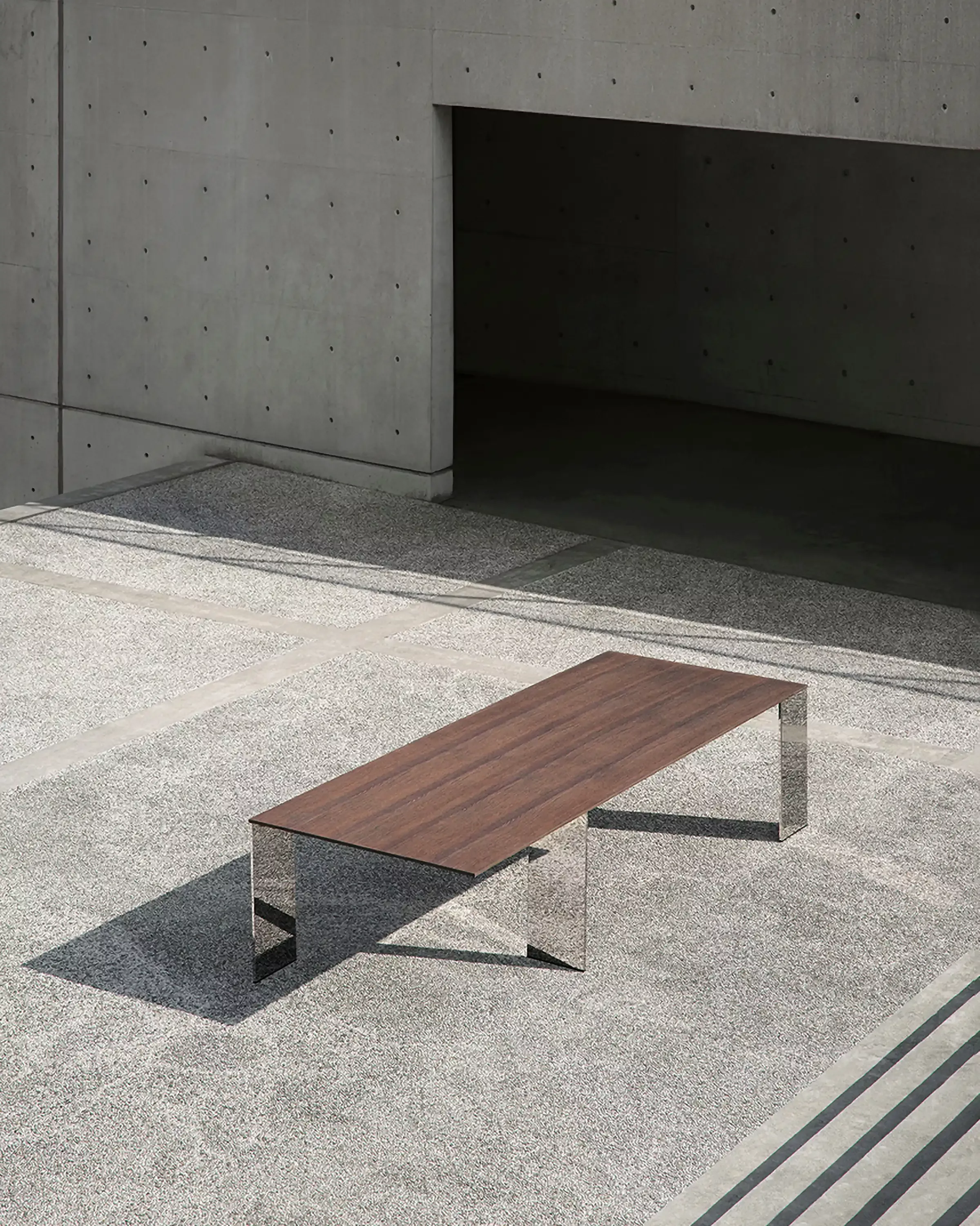
Axis
Acerbis
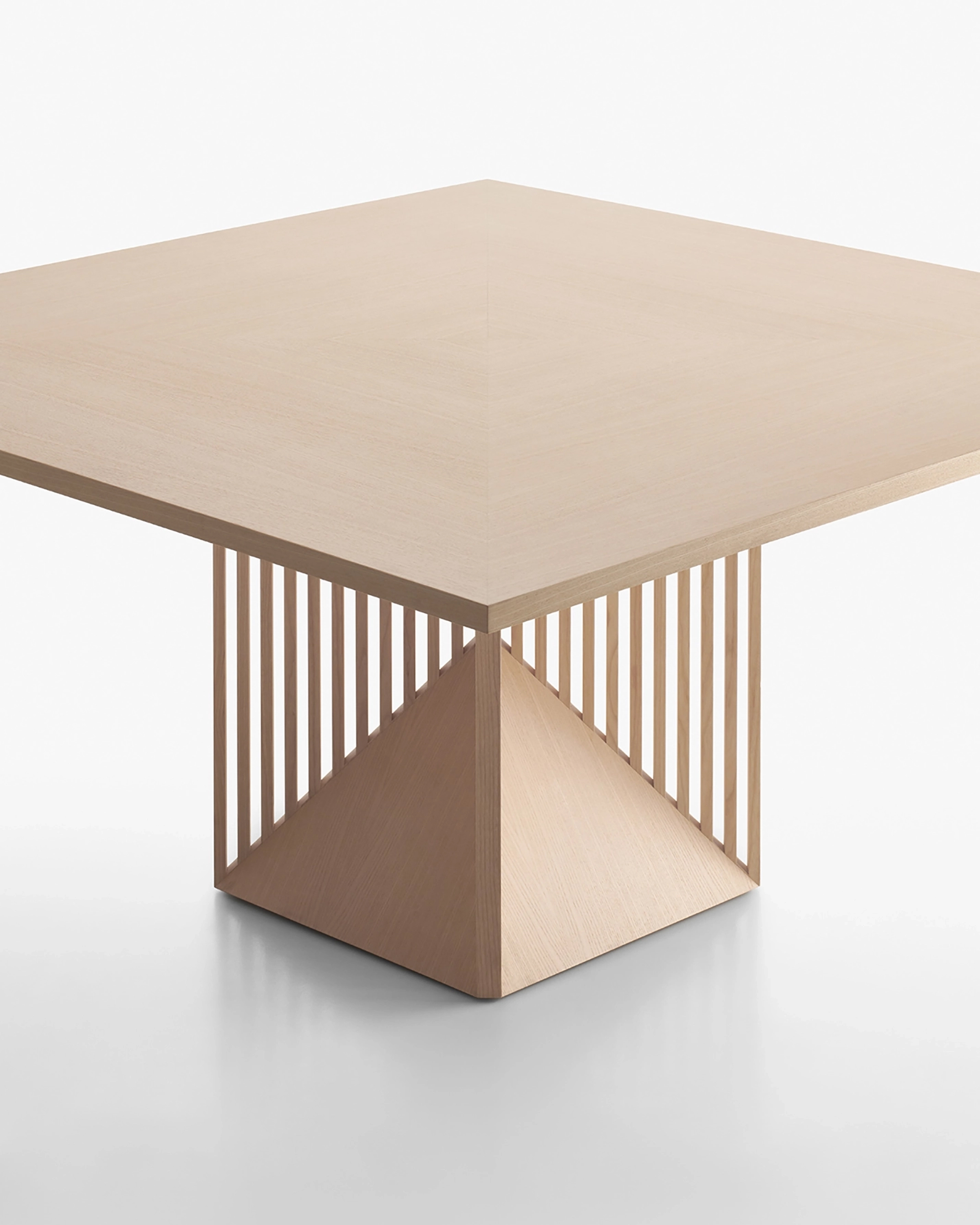
Maestro
Acerbis
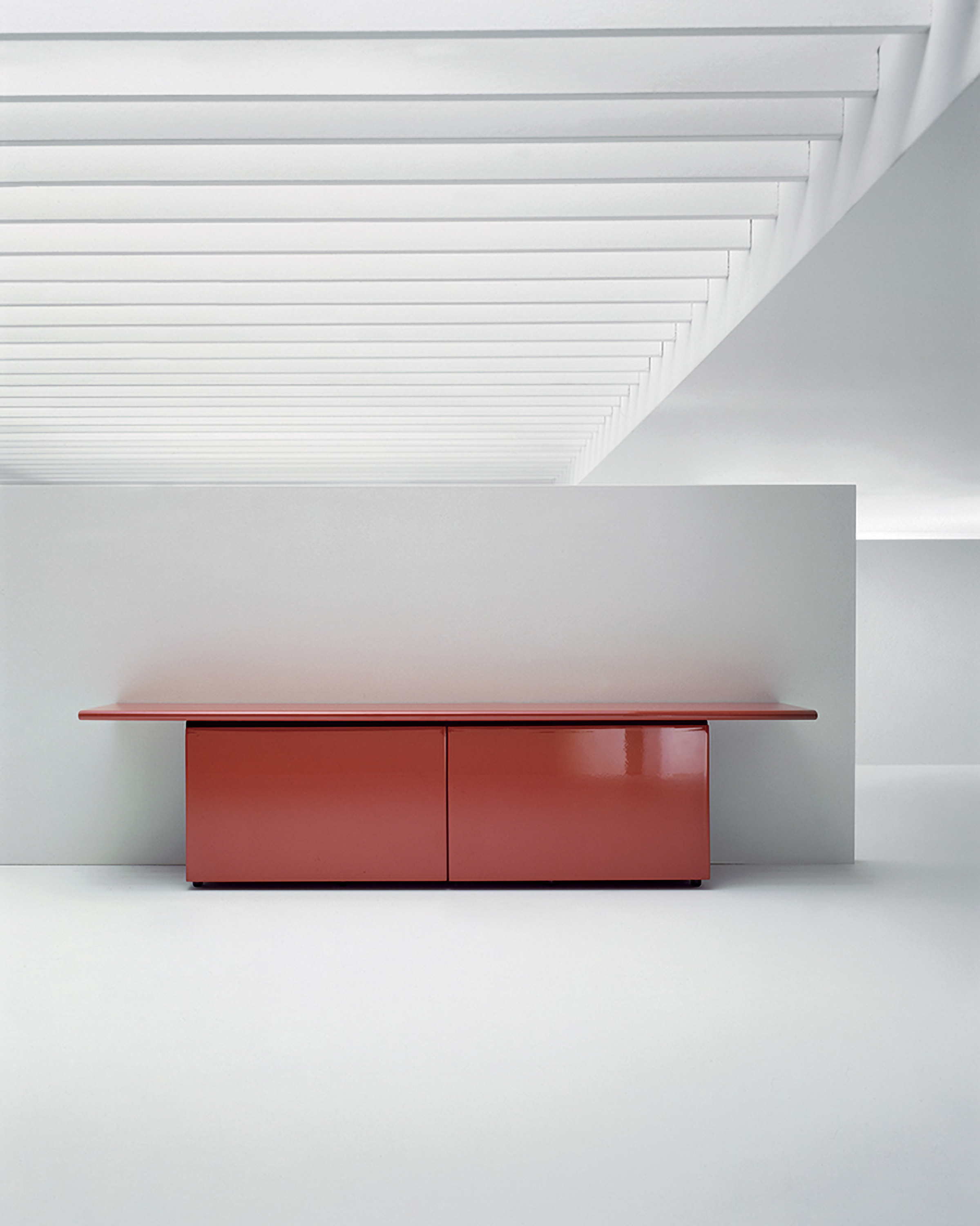
Sheraton
Acerbis
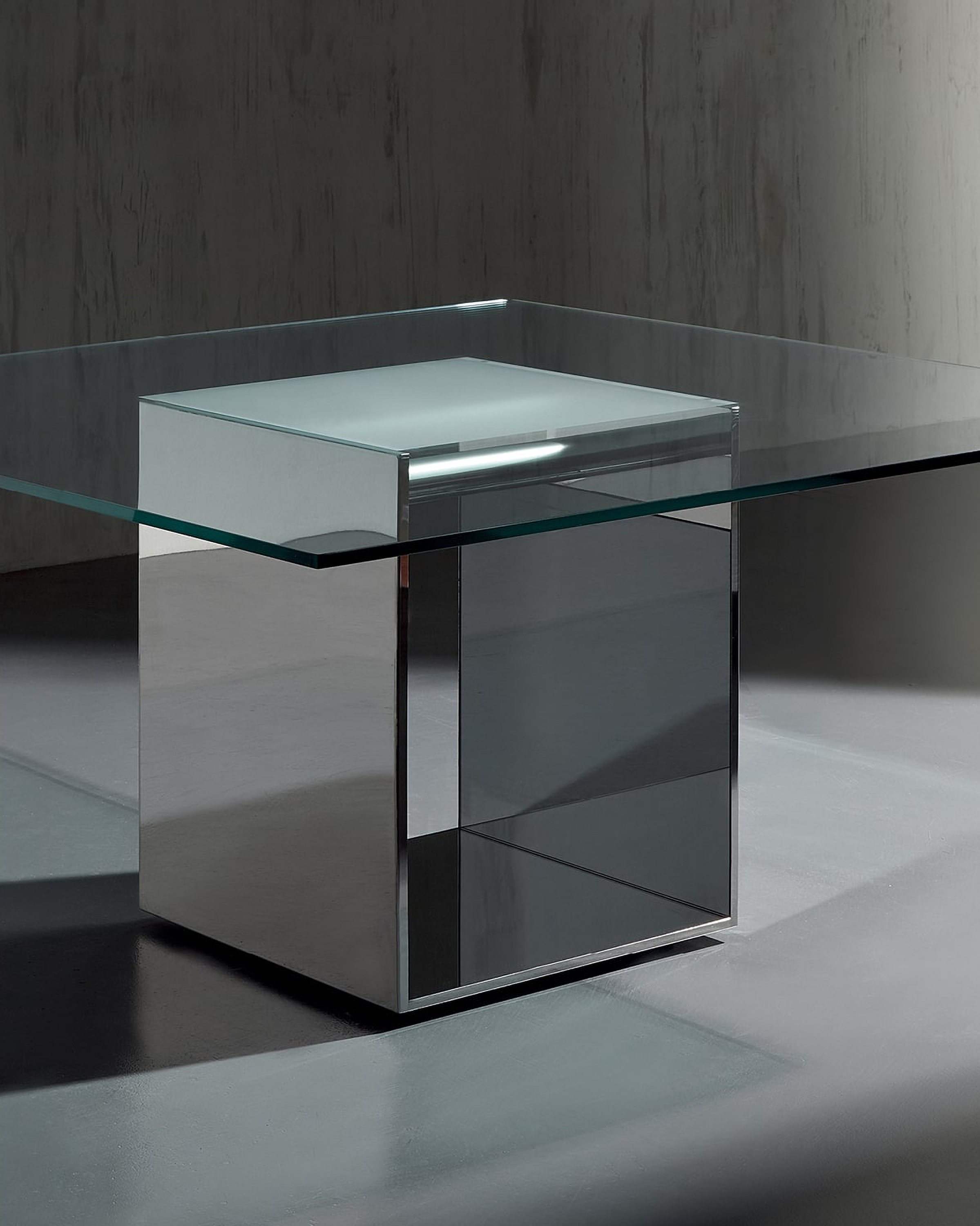
Glimm
Acerbis
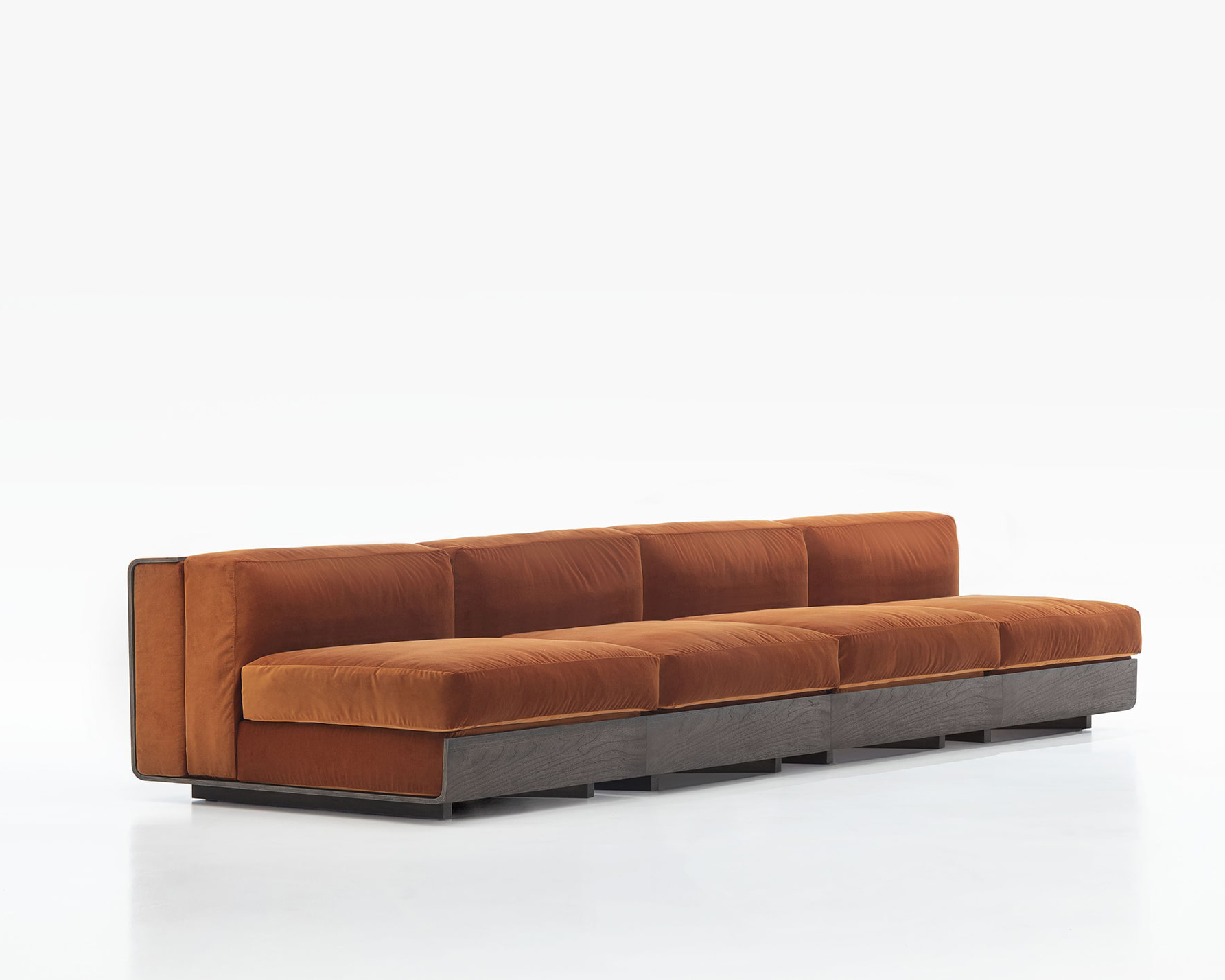
Life
Acerbis
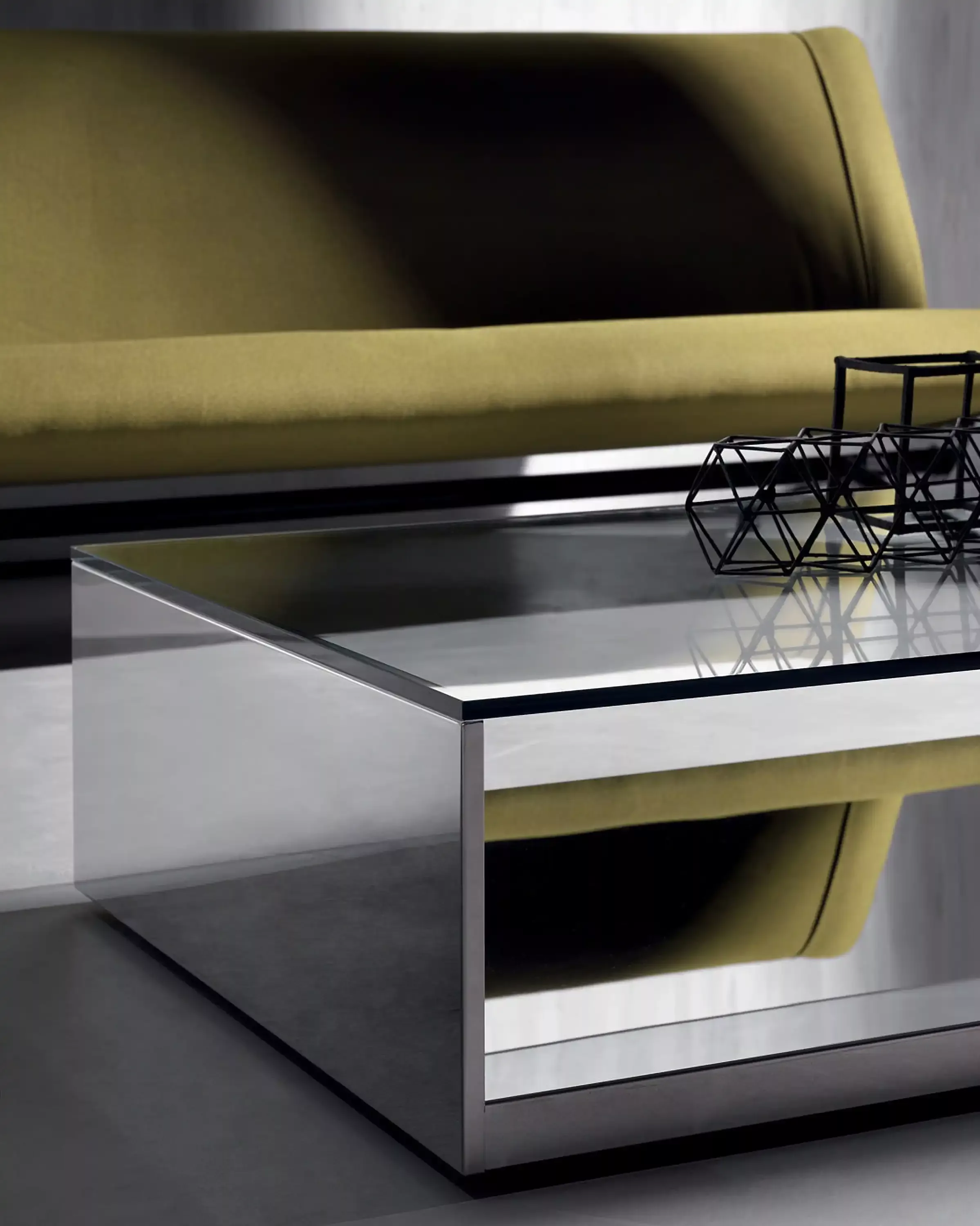
Litt
Acerbis
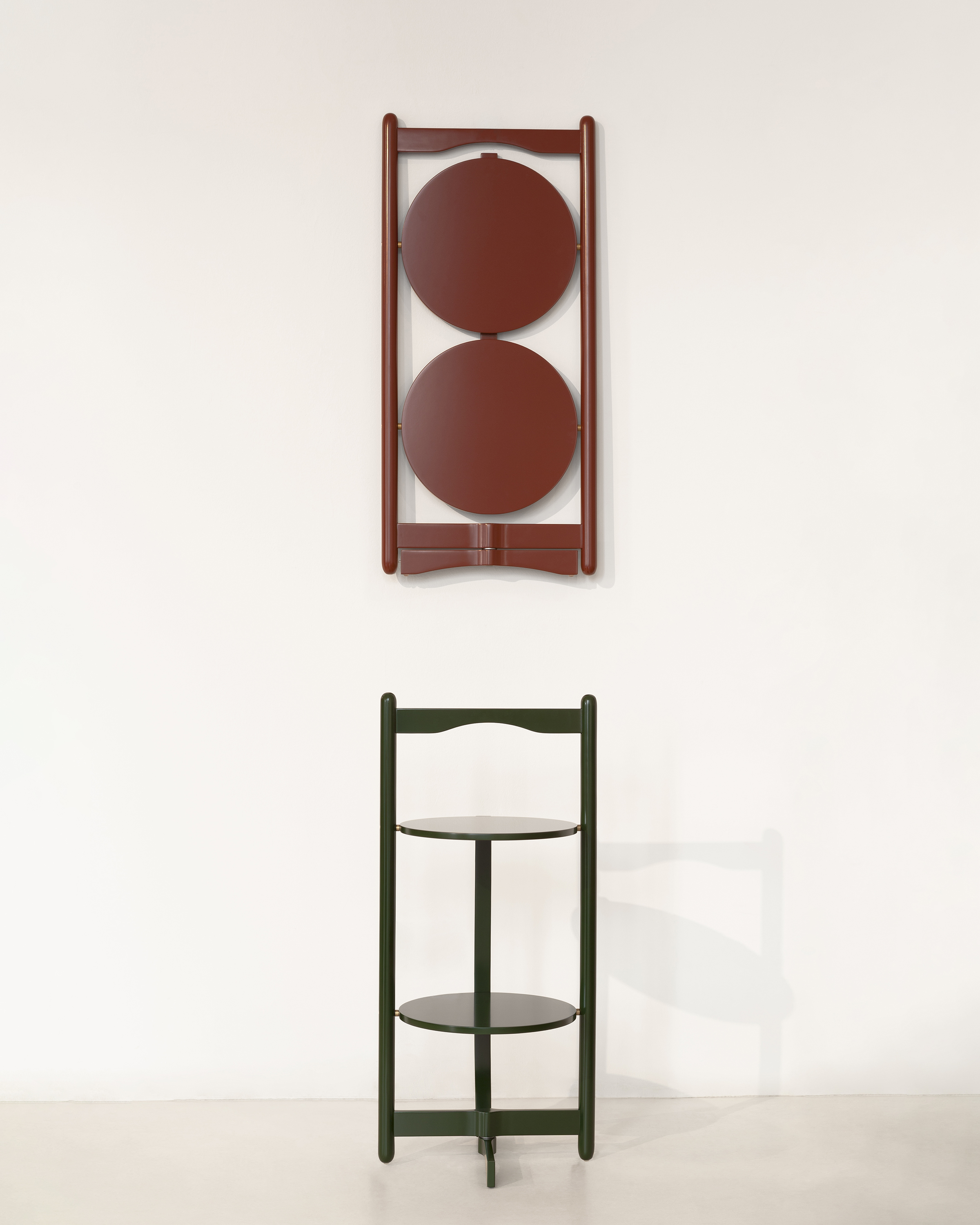
Florian
Acerbis
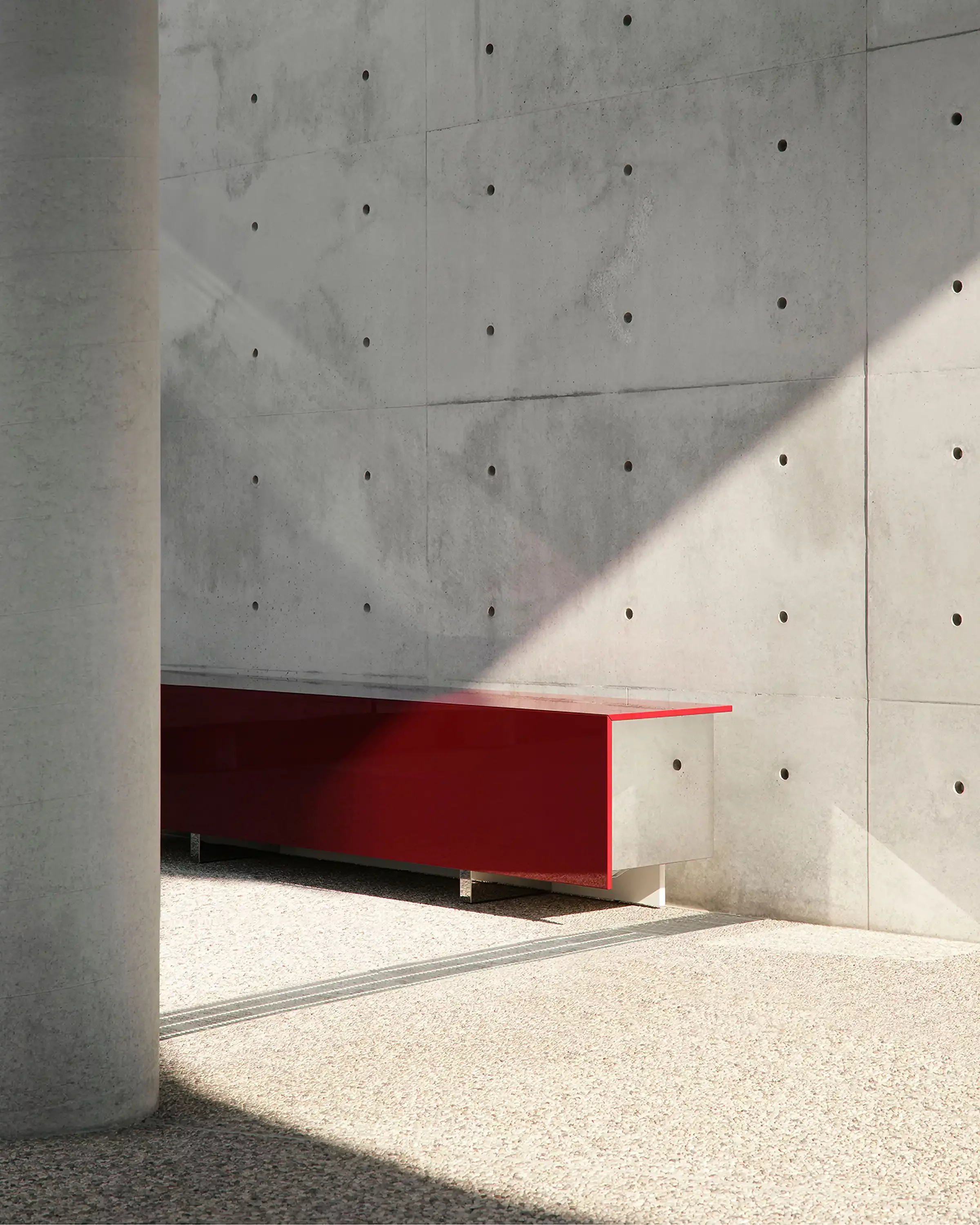
Ludwig
Acerbis
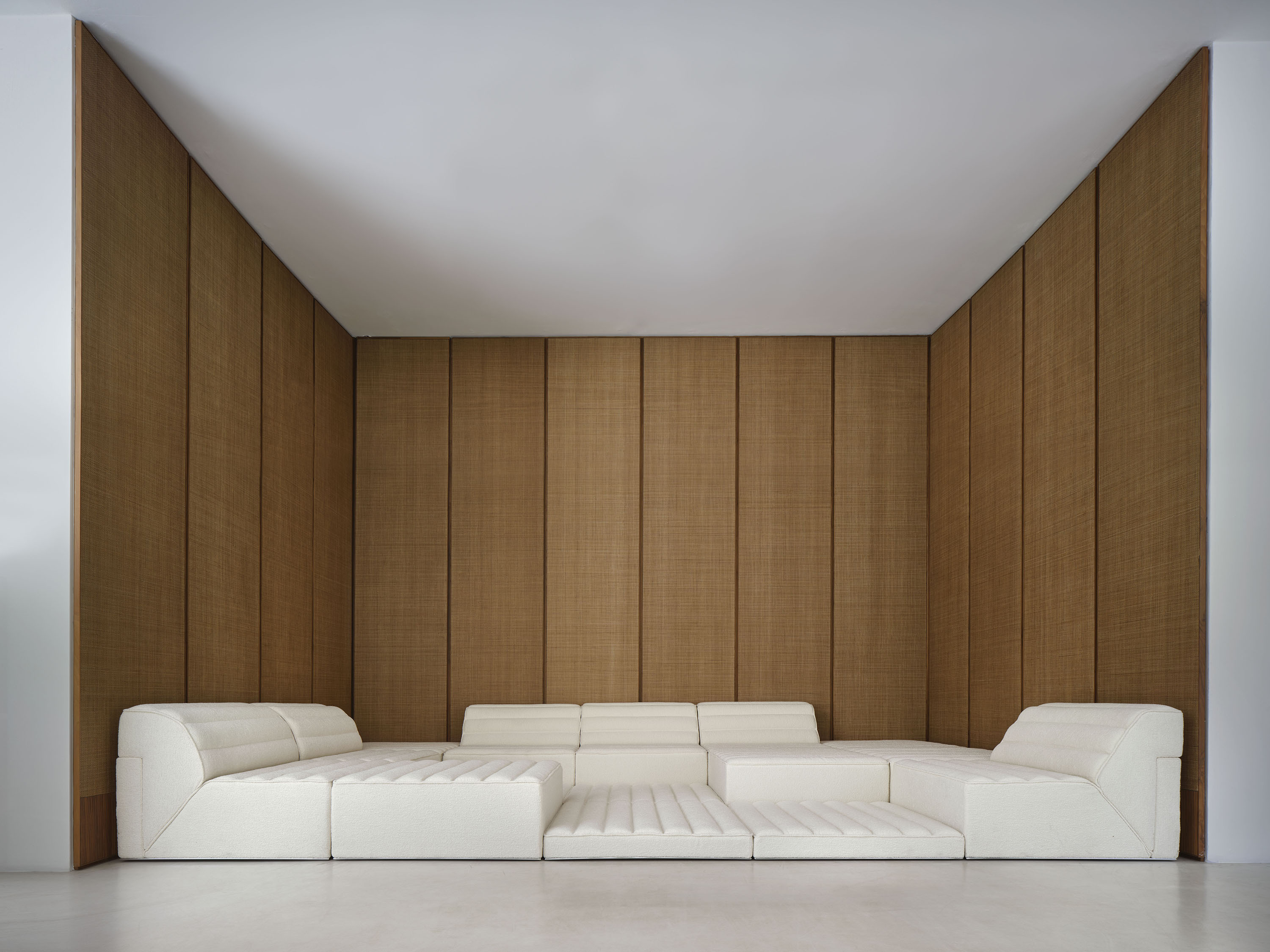
Free System
Acerbis
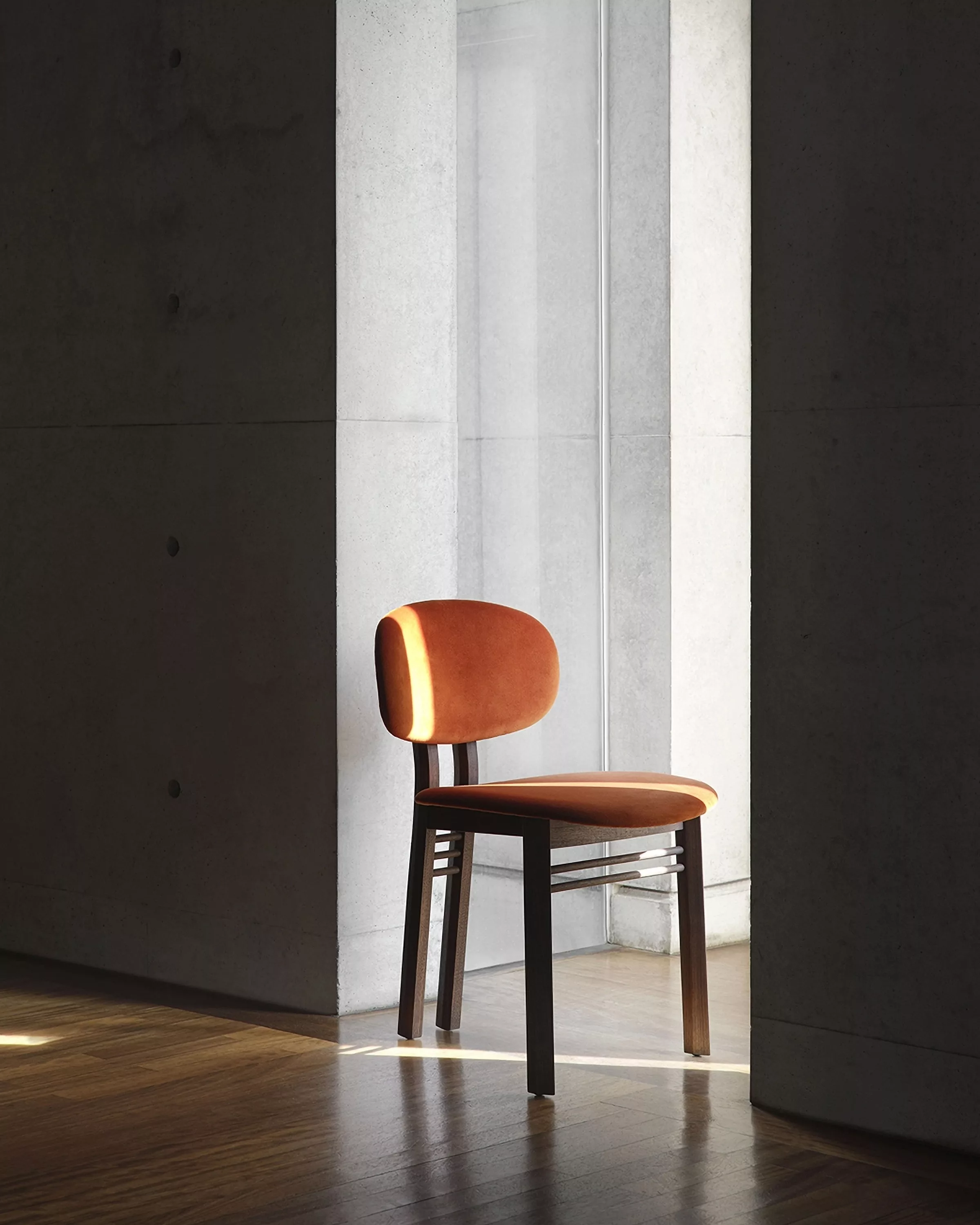
Med
Acerbis
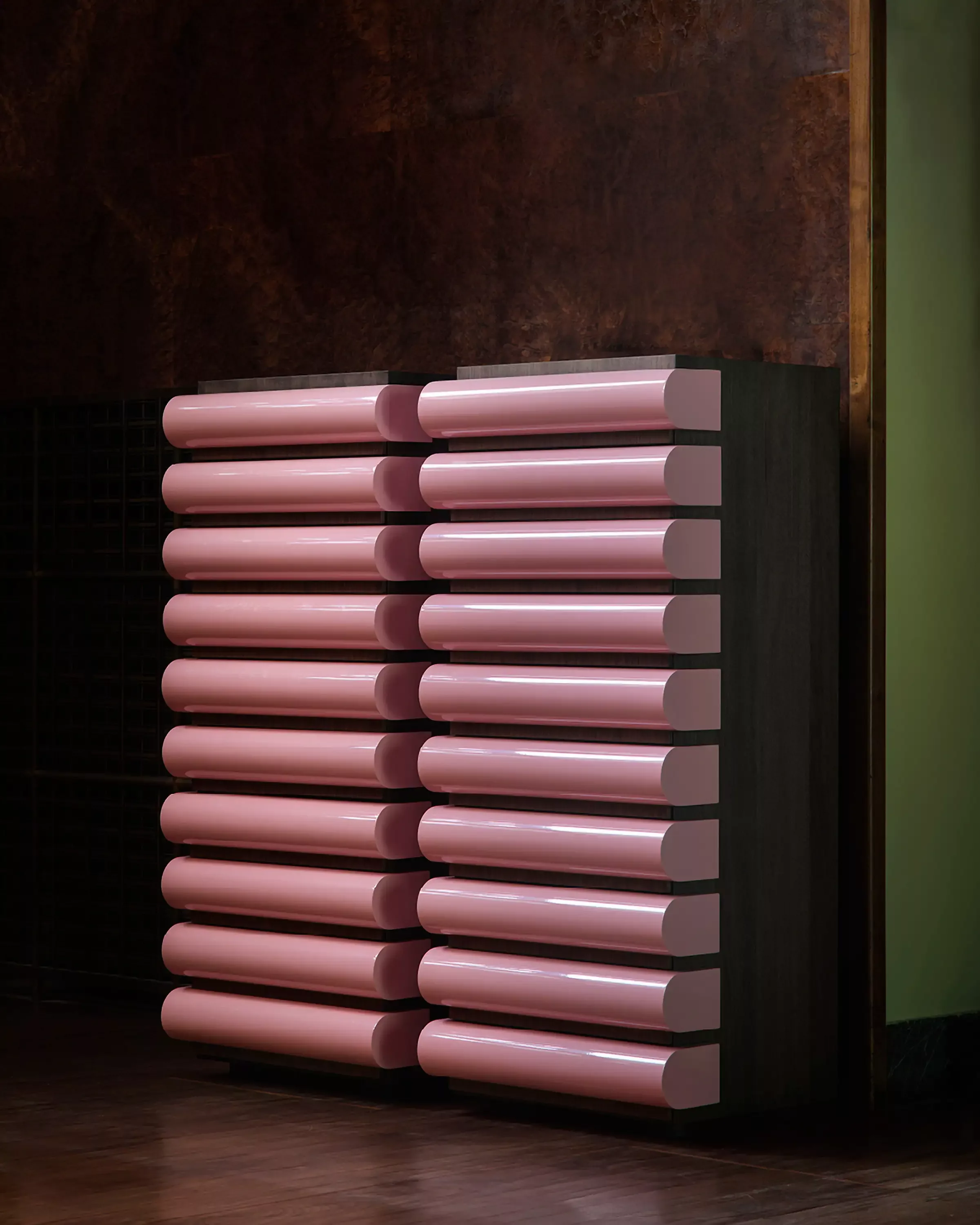
Storet
Acerbis
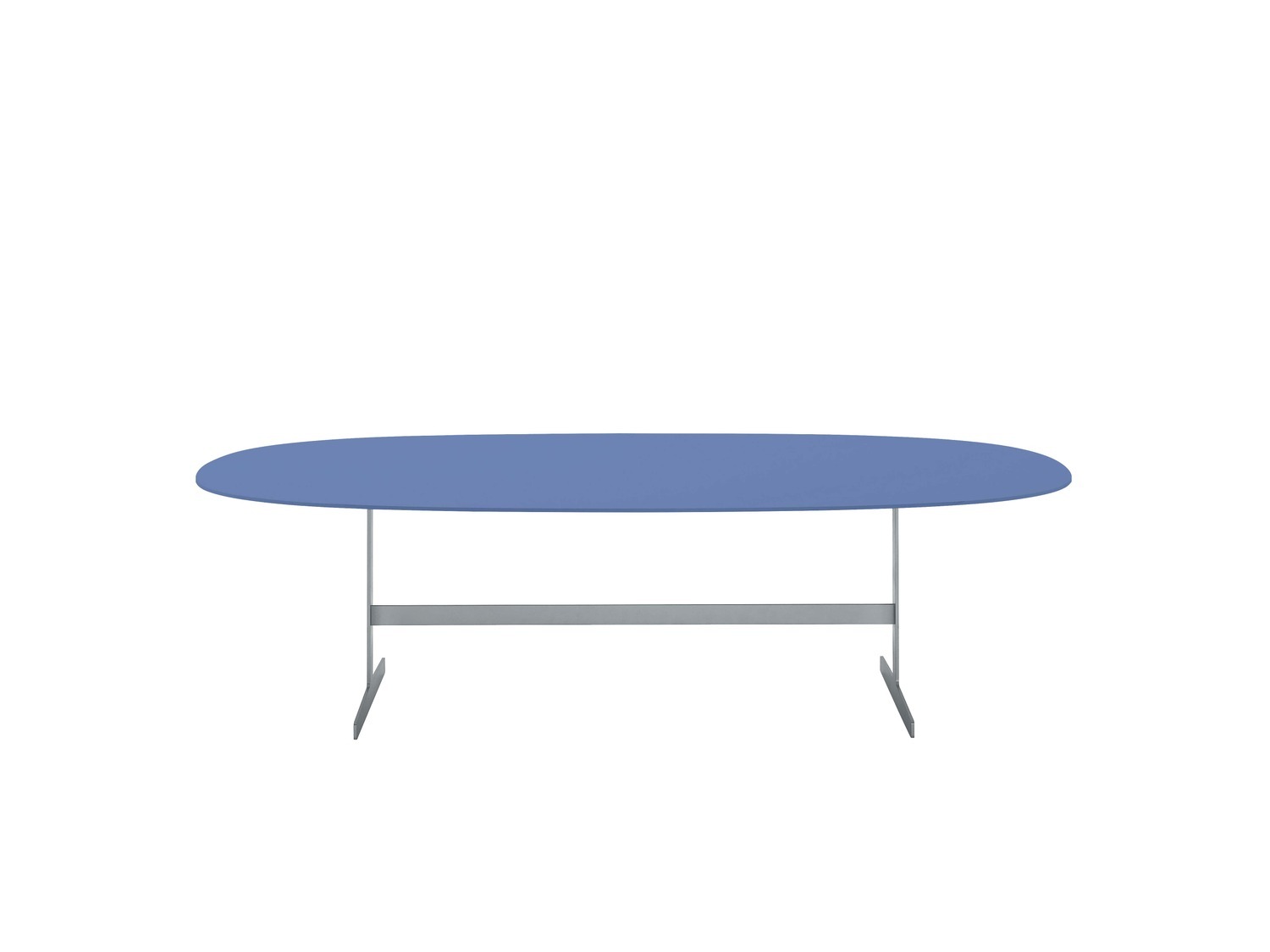
Simplon
Cappellini
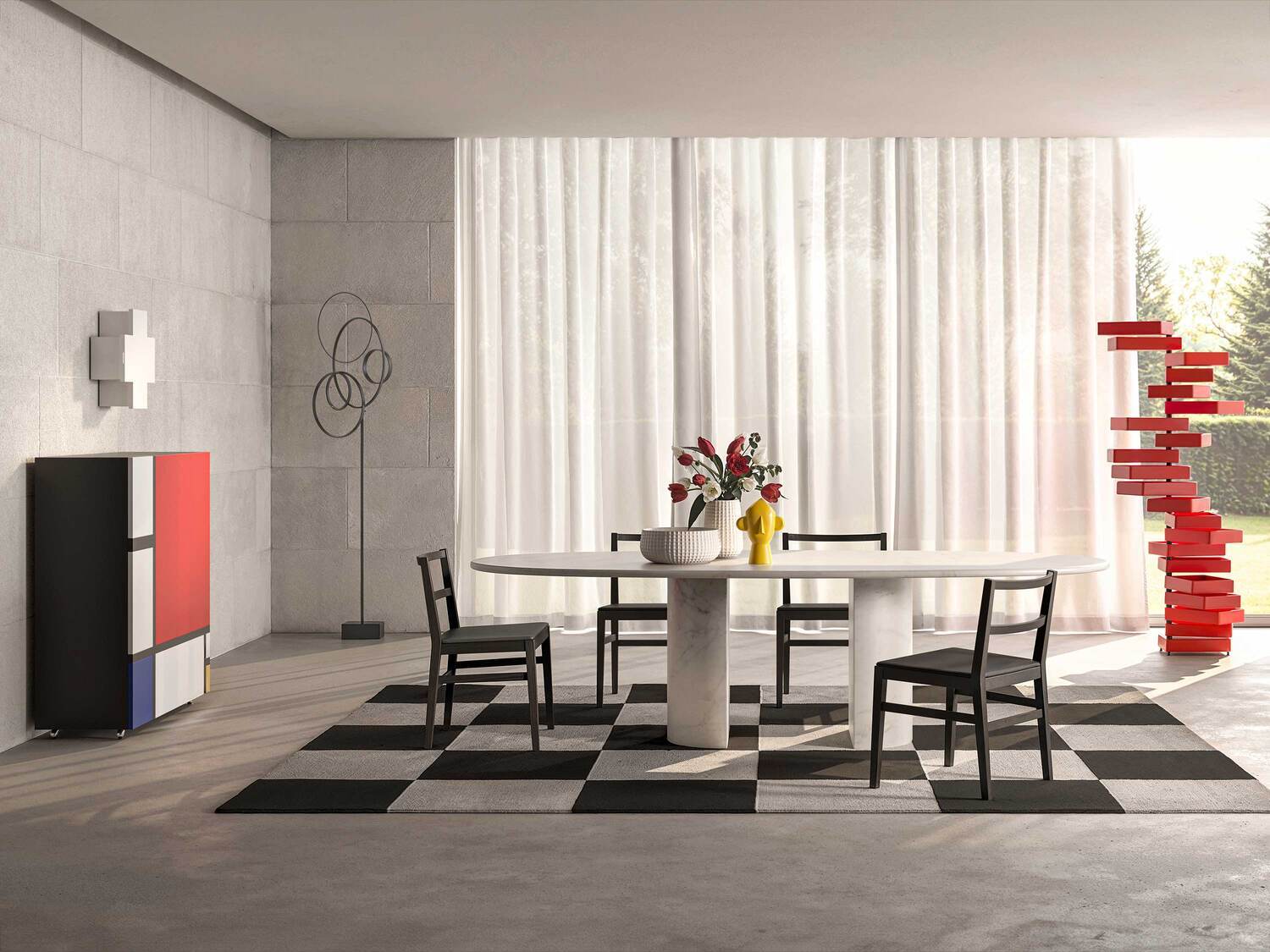
Dolmen
Cappellini

KO-KO
Cappellini
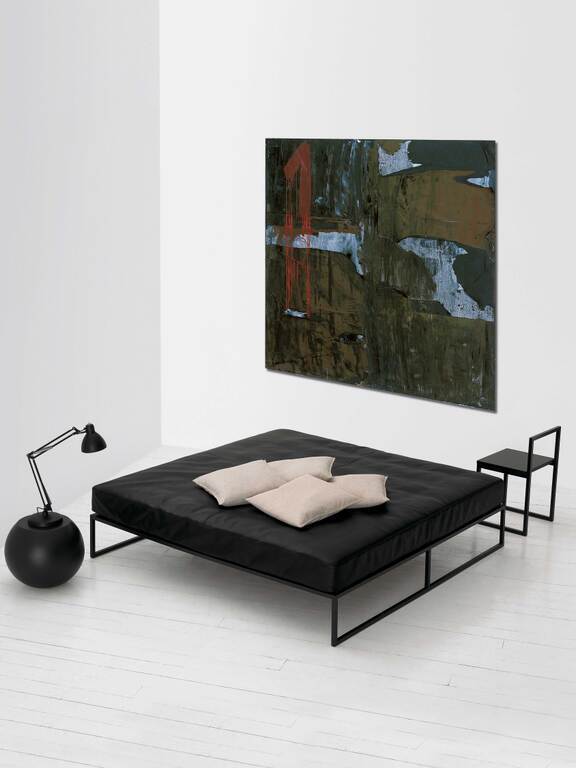
Fronzoni '64
Cappellini

Bac
Cappellini

Classica
Cappellini

Hiroi
Cappellini

Low Pad
Cappellini
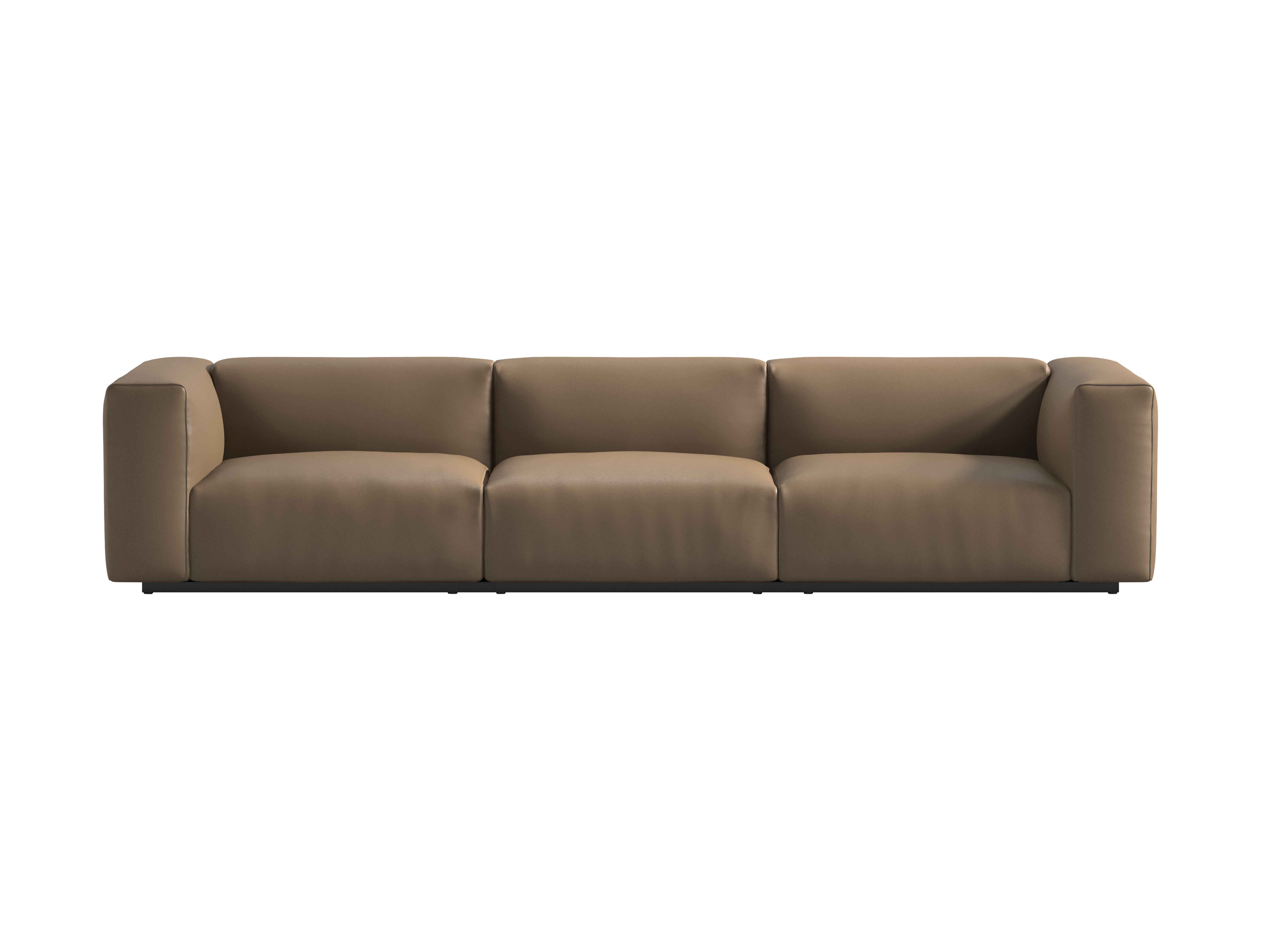
Oblong Plus
Cappellini
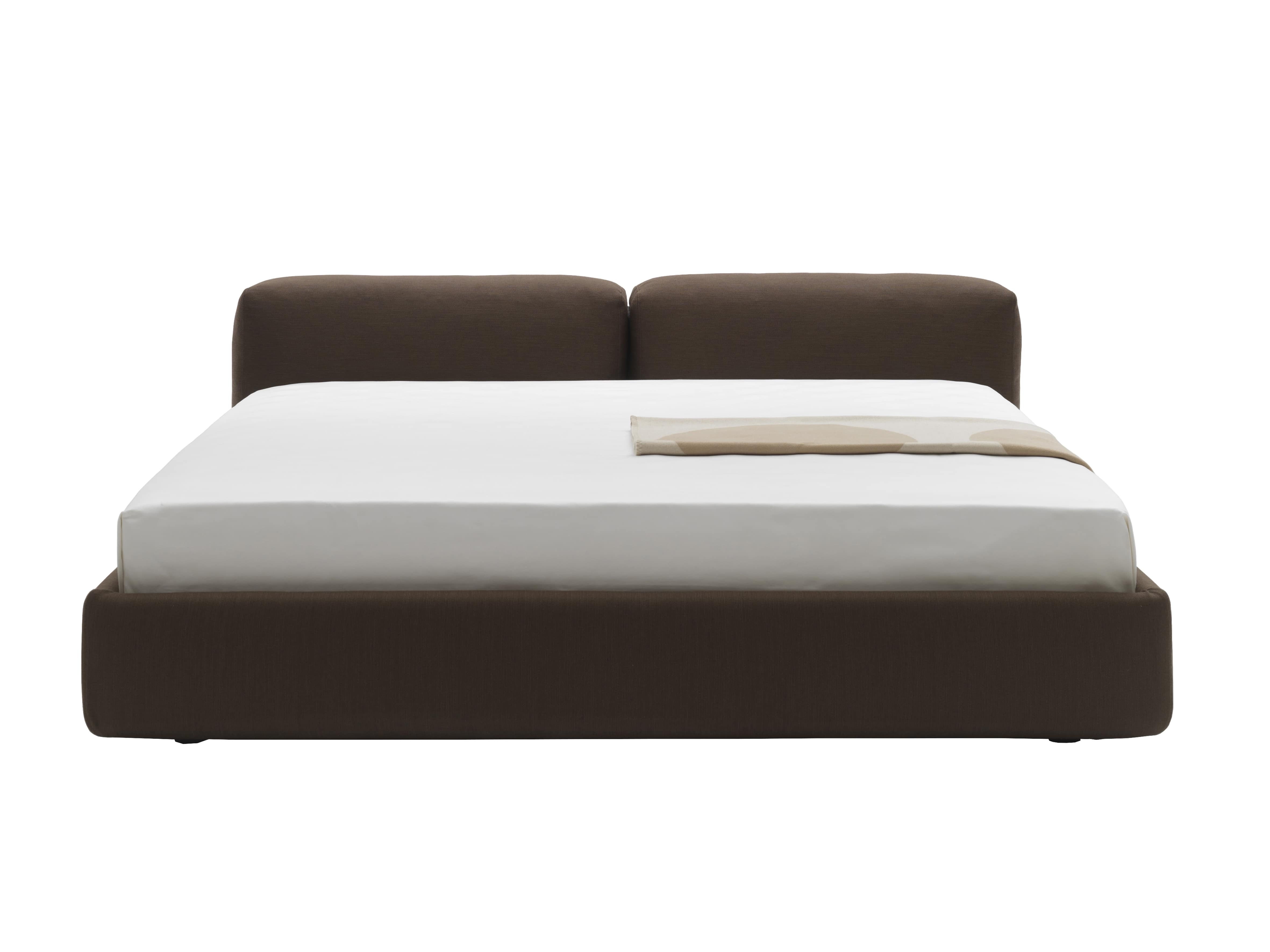
Superoblong Bed
Cappellini

Gambetta
Cappellini

Bookshelf
Cappellini

